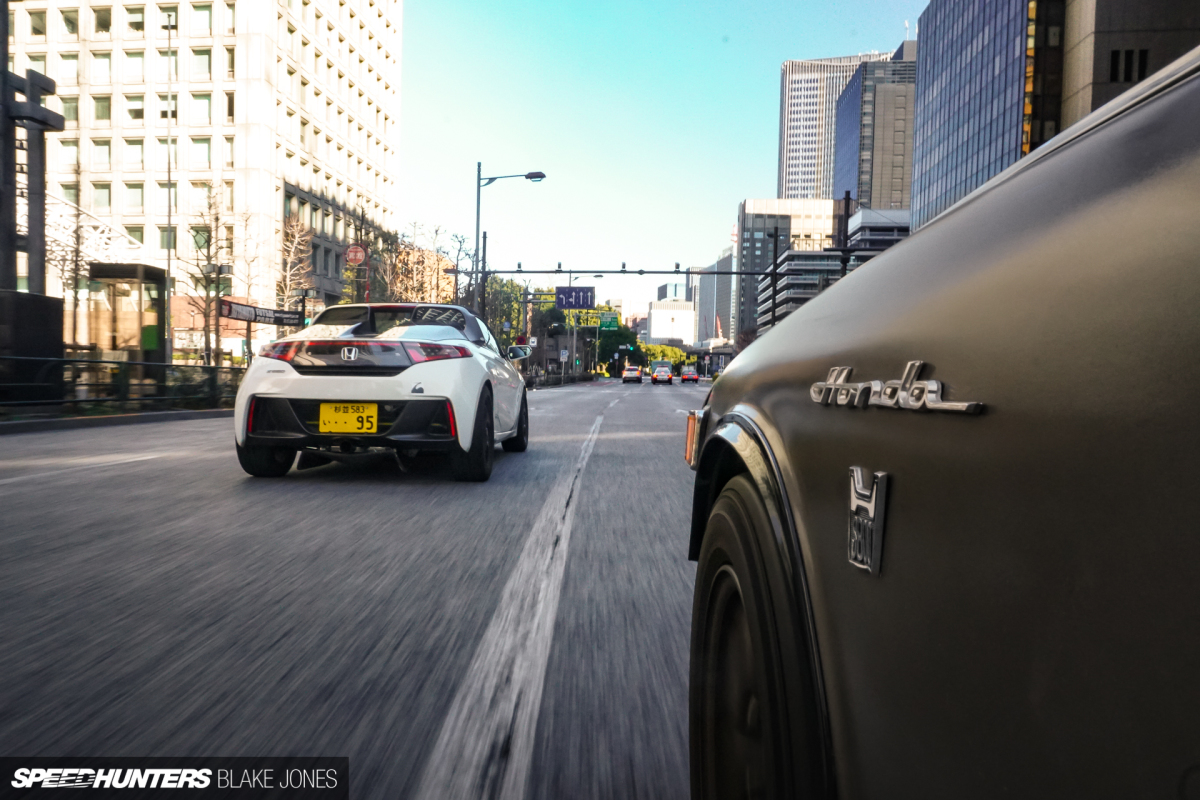
If you’ve read my last few stories here on Speedhunters, you may have noticed me spending a bit more time at Spoon’s Tokyo headquarters, otherwise known as Type One.
The simple reason is that the tuning shop has been giving me plenty of reasons to call in. Somewhat contrary to the overall slowdown of the tuning industry in Japan, Spoon seems to be keeping great pace. There’s been new product launches, international open days, and new demo cars being rolled out of the spotless workshop.
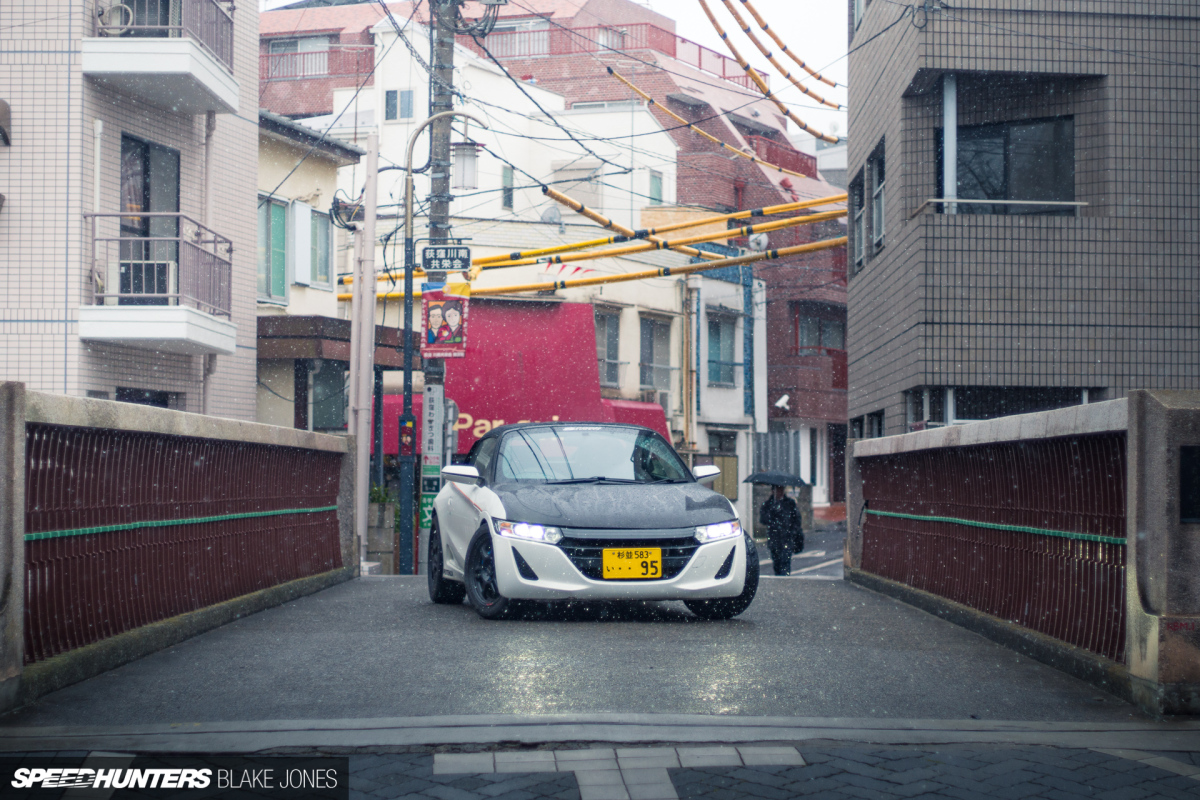
Spoon got their hands on an S660 immediately after the car’s release in 2015, and ever since has been busy building up a catalog of enhanced parts for the 850kg convertible’s engine, suspension and drivetrain. When the offer was made to let me have an extended drive of their demo car to review for our esteemed readers, I was thrilled.
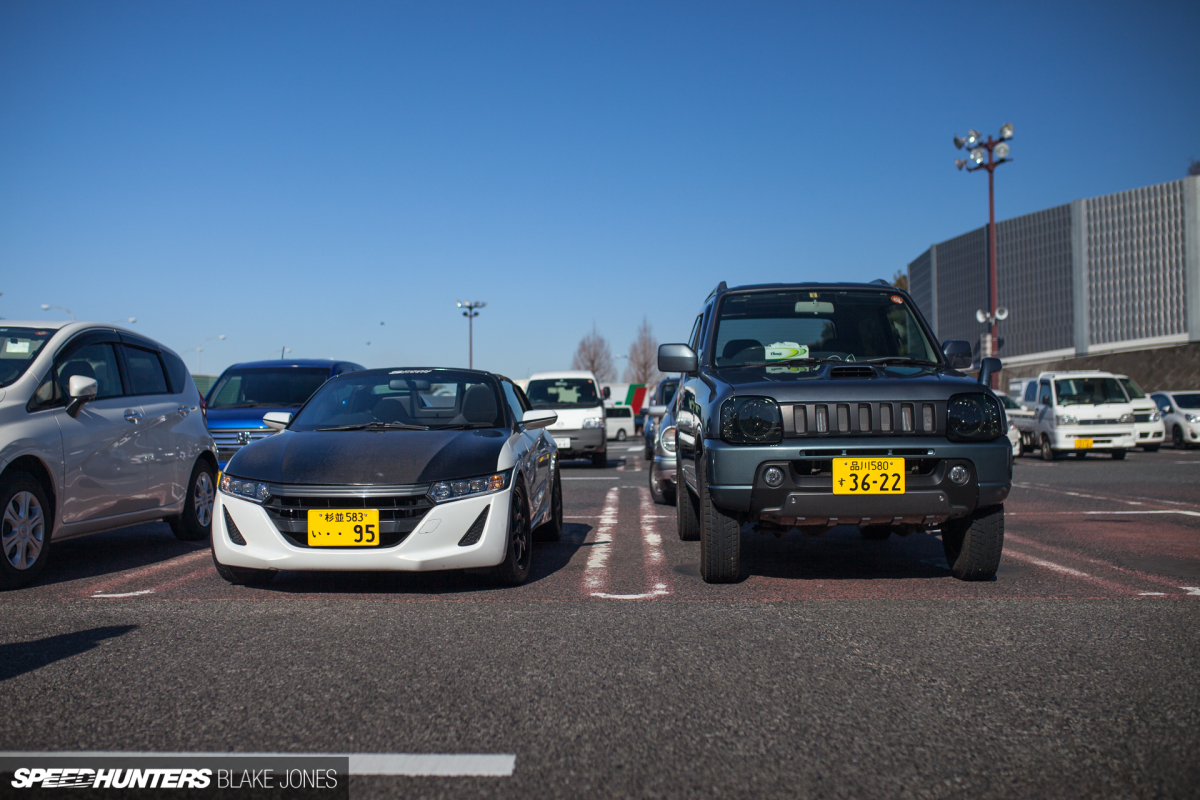
Kei class cars are a legitimate market segment in Japan – representing one in three new car sales – and off-roaders, people movers as well as sports cars can be found with the distinctive yellow plates. The S660 is one of the more expensive kei cars on sale today (priced at approx. USD$20,000), but from another perspective it’s also the cheapest mid-engined sports car available.
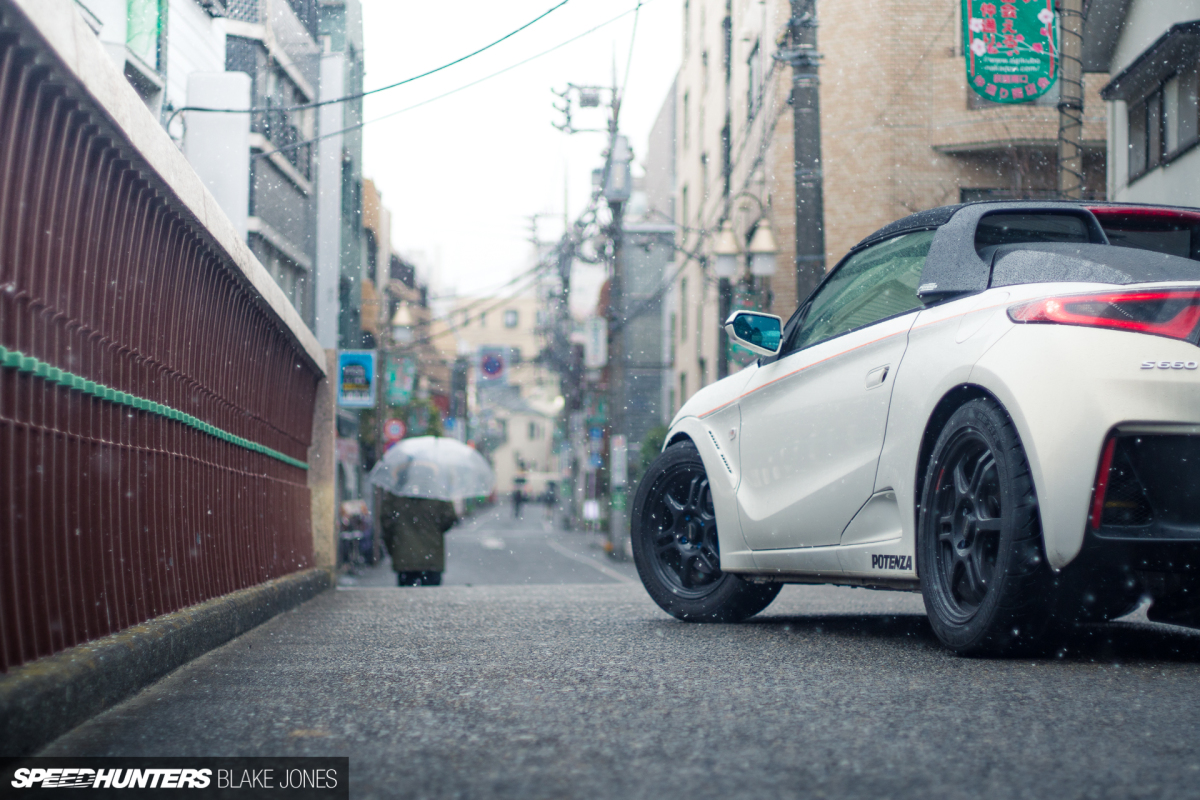
Honda clearly placed precedence on the driving experience as the spec list reads well from factory: turbocharged inline-three, lightweight chassis, and a 6-speed manual option – the obvious choice unless you’re a CVT-loving sadist. Storage space? Well, I hope your jacket has pockets because the S660 only has a tiny frunk that primarily serves as storage for the detachable canvas roof.
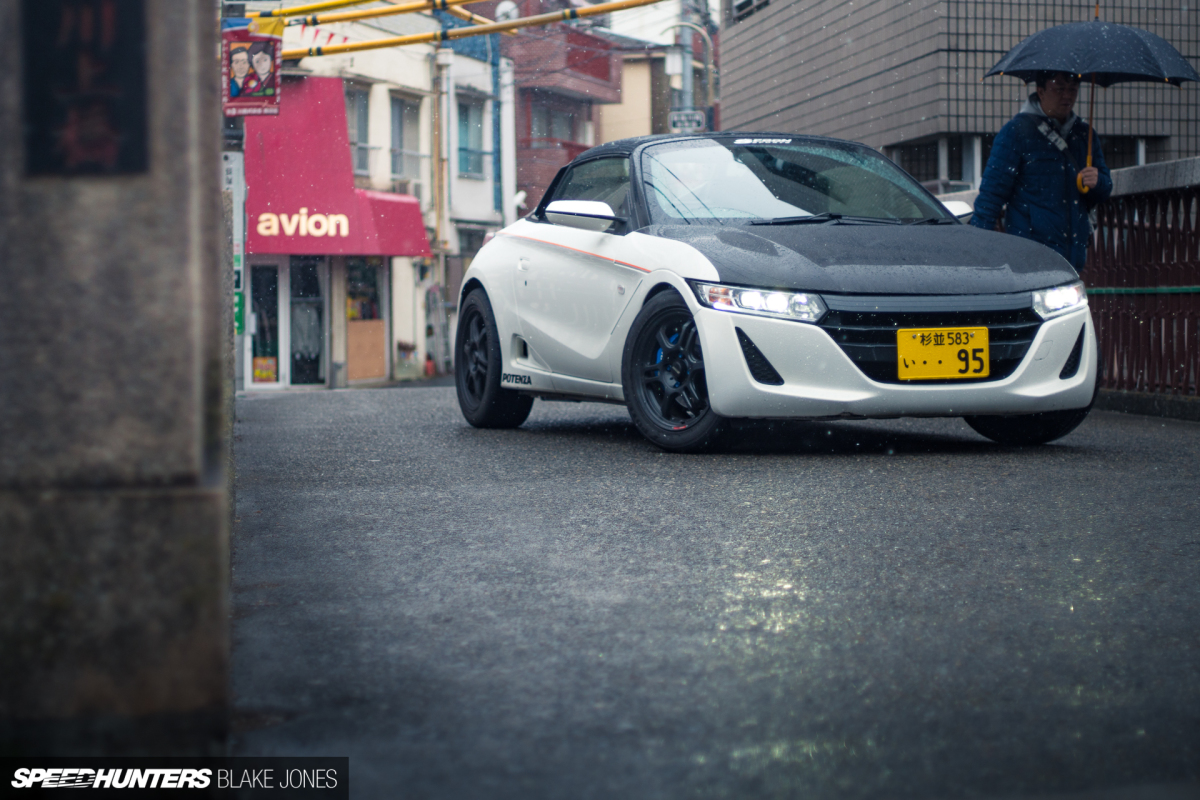
‘Handles like a go-kart’ has to be one of the most cliched observations of a car a writer can make, but you’ll have to forgive me – the S660 is surely as close as one can get to a road-legal go kart. You sit comically low to the ground with the engine behind just inches away, and the wheels are squeezed to the extremities of the body with no overhang.
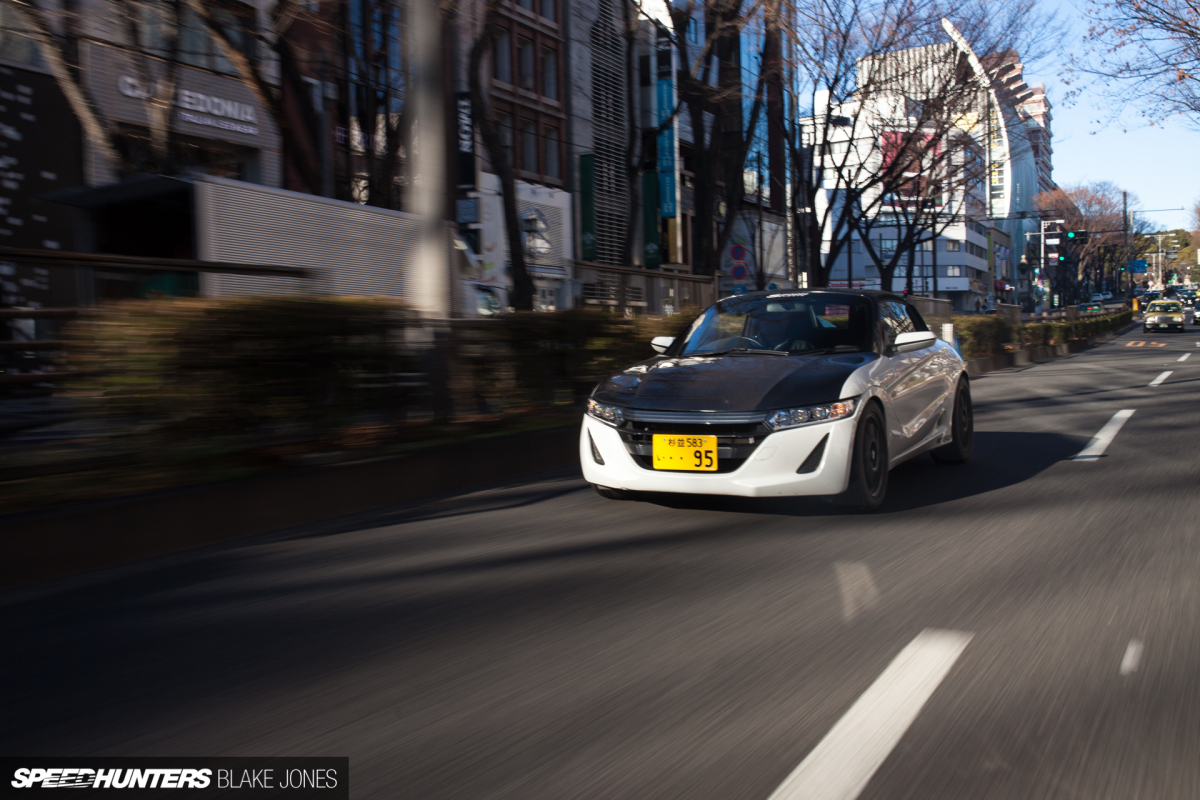
Those tiny dimensions actually make the car a whole lot of fun for city driving. Usually navigating Tokyo’s labyrinth streets is a stressful exercise, thanks mainly to rampant double-parking, suicidal taxi drivers and ignored red lights, but the S660 can be fired through gaps that ‘normal’ sized cars would require folded mirrors and held breath.
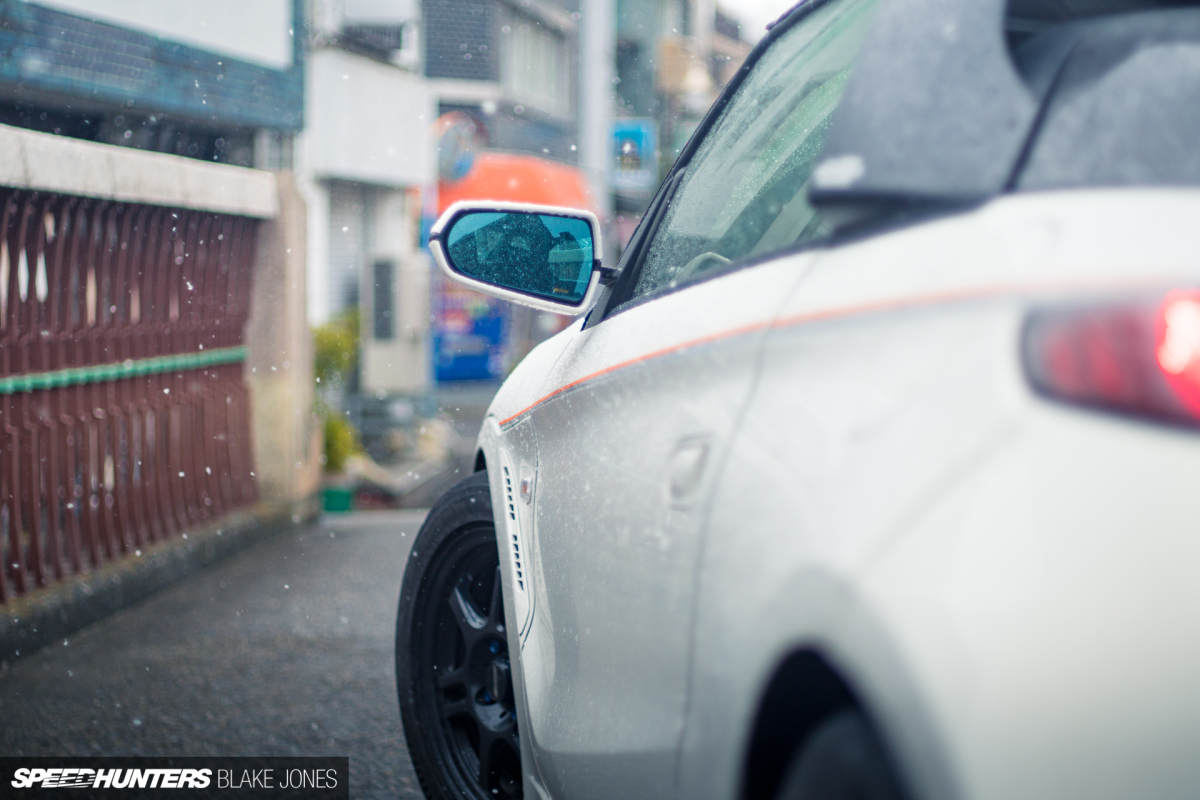
On the subject of mirrors, the S660’s are almost comically wide to make up for the horrible rear visibility rear of the B-pillars. They’re the only part of the car that can really be called large.
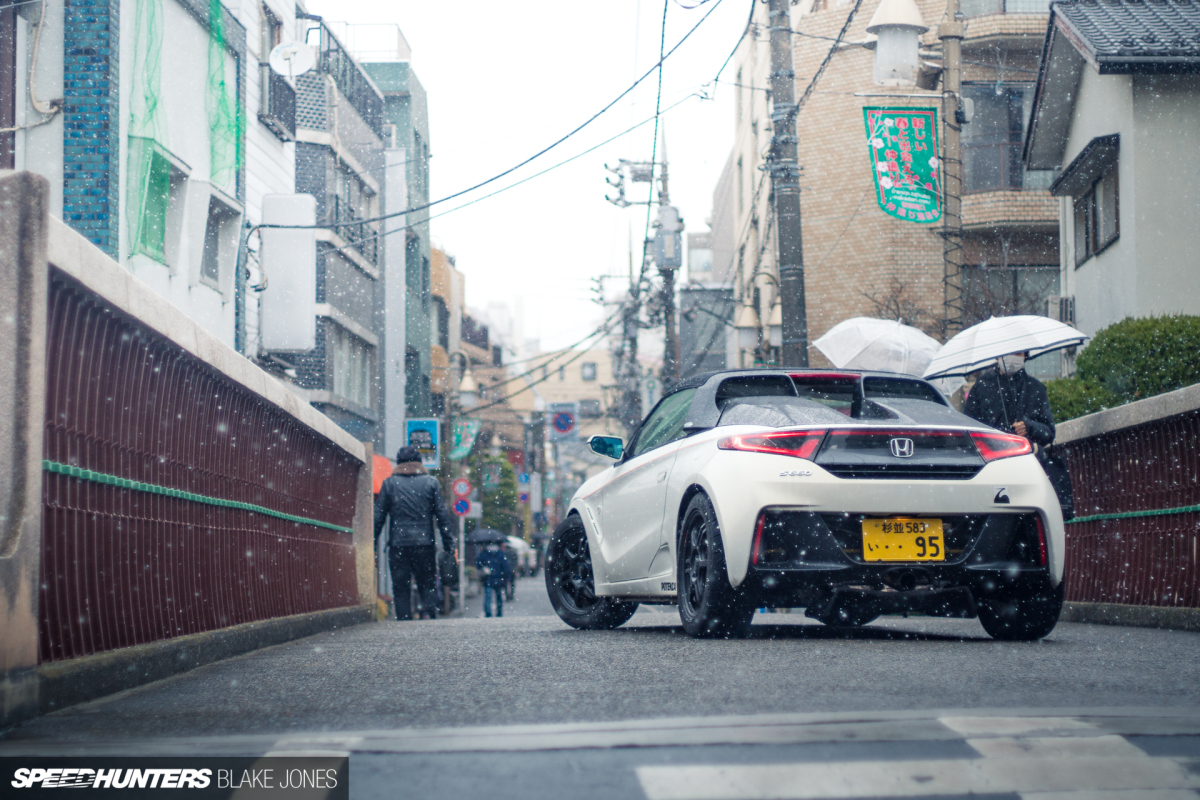
But enough about the stock S660 – you’re here to hear more about how Ichishima-san and his merry band of Spoon technicians tweaked and tuned Honda’s mini-supercar to make it a legitimate backroad threat, right?
Belly Of The Beast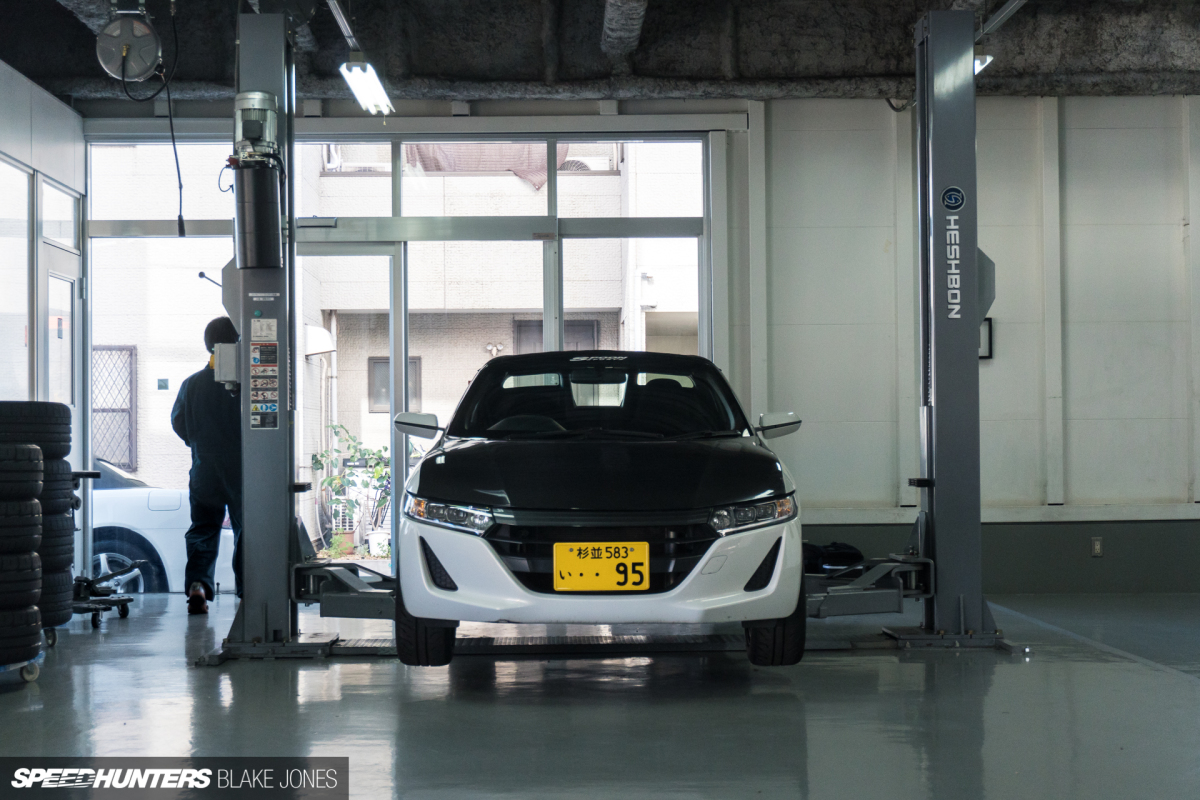
We’ve already done a quick walkaround of the Spoon S660 here where I covered the overall enhancements and power increase, but the Spoon team was kind enough to put the S660 up on the Type One workshop lift so I could take a closer look at some of the components they have affixed to the demo car specifically for the purpose of improving its handling.
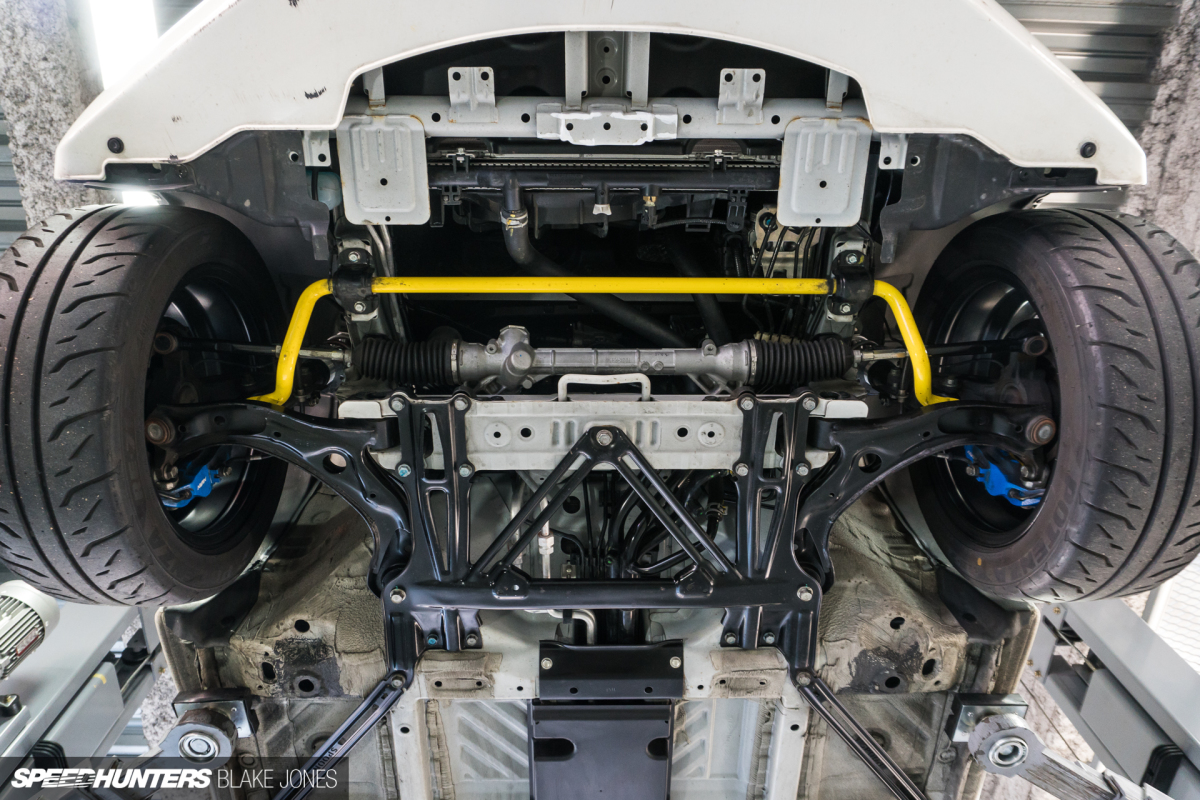
The front of the S660 is a monocoque, meaning suspension components connect directly to the chassis without the presence of a subframe. The standard bracing was found to be insufficiently stiff under heavy braking, thus the front stiffening plate was developed to box the front end, making it more predictable on the track.
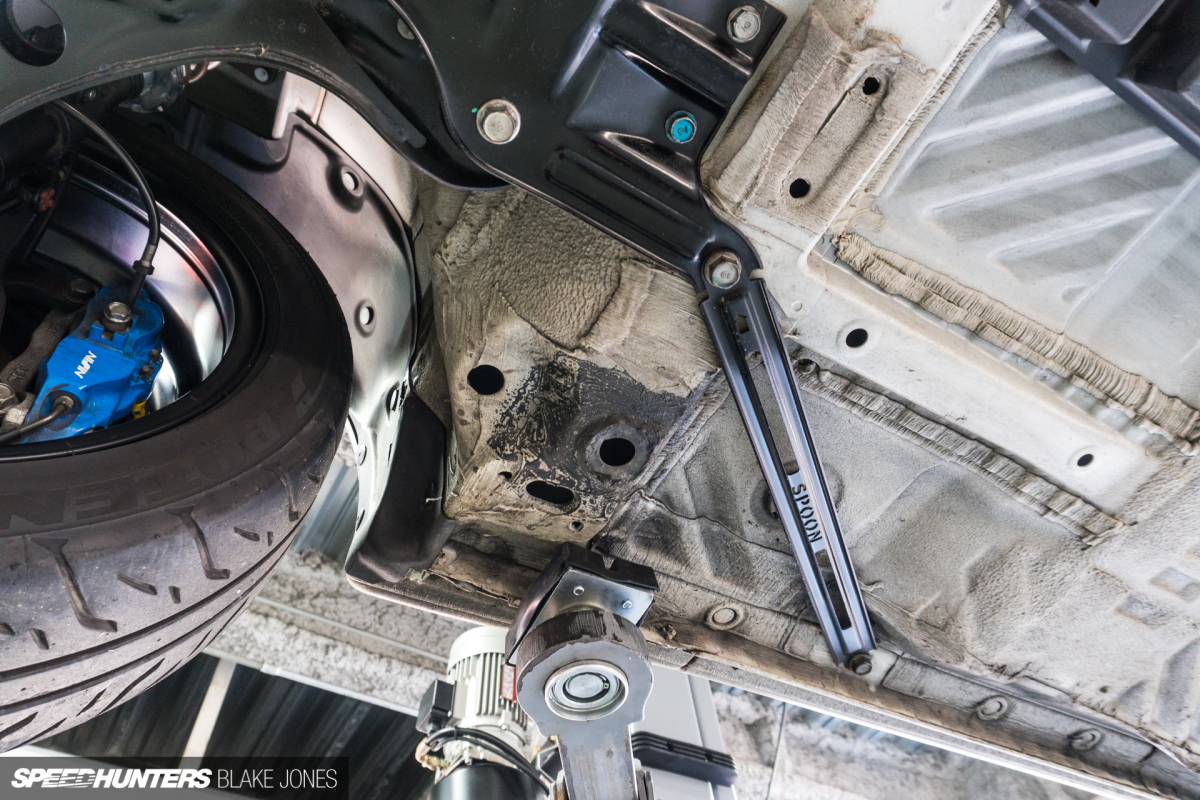
Standard mounting points are utilised to make this a true ‘bolt-on’ mod, which is very nice to have considering the S660 was probably bought brand new by most current owners.
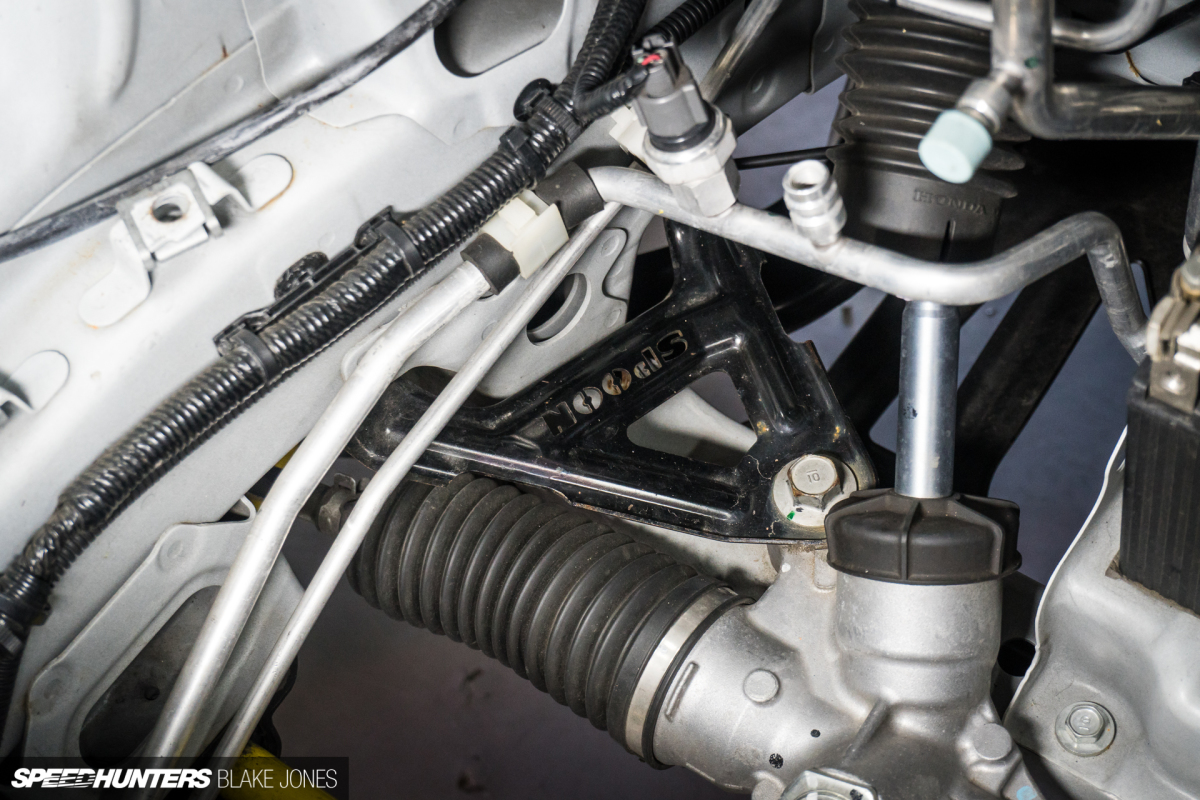
This is complemented by an additional A-shaped brace that secures the steering rack more, well, securely than stock.
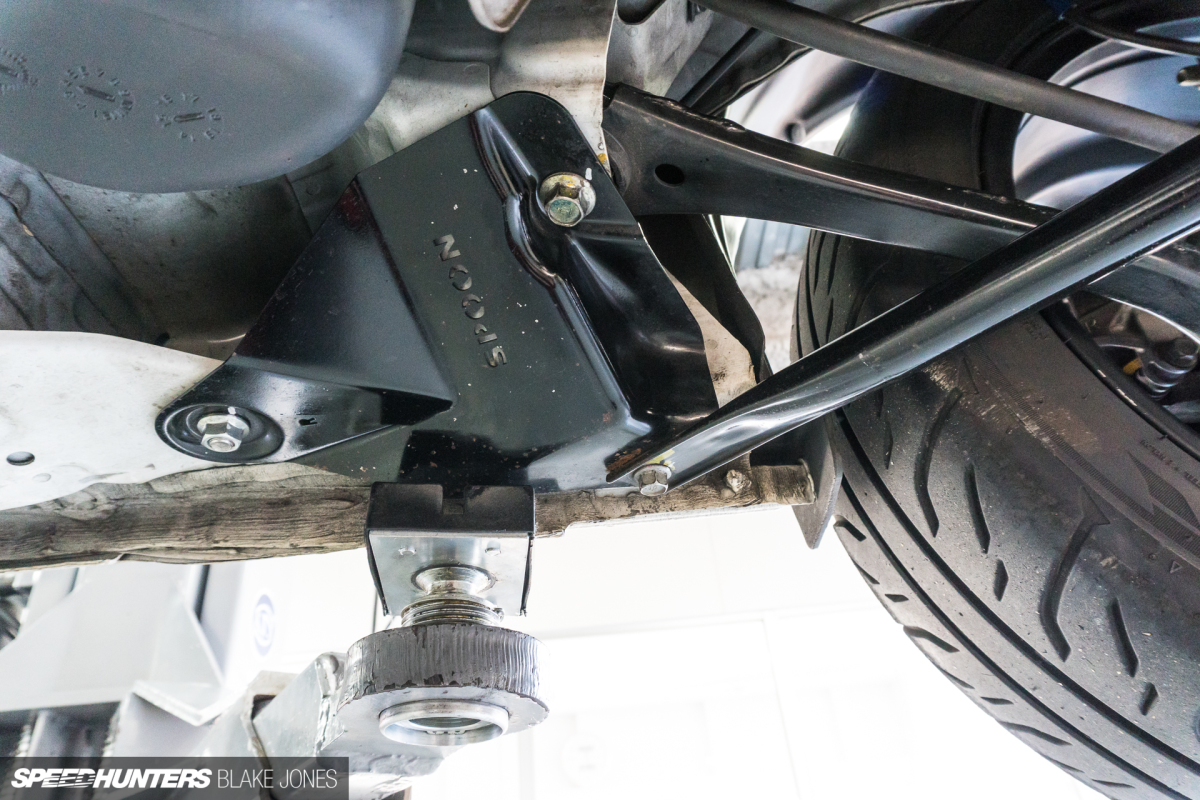
The S660 has a cast aluminium rear subframe (just like an NSX), but Spoon found that for aggressive circuit driving it also lacked the necessary rigidity. In response, these pressed steel plates were designed to bulk up the important section where the chassis, subframe and trailing arm meet.
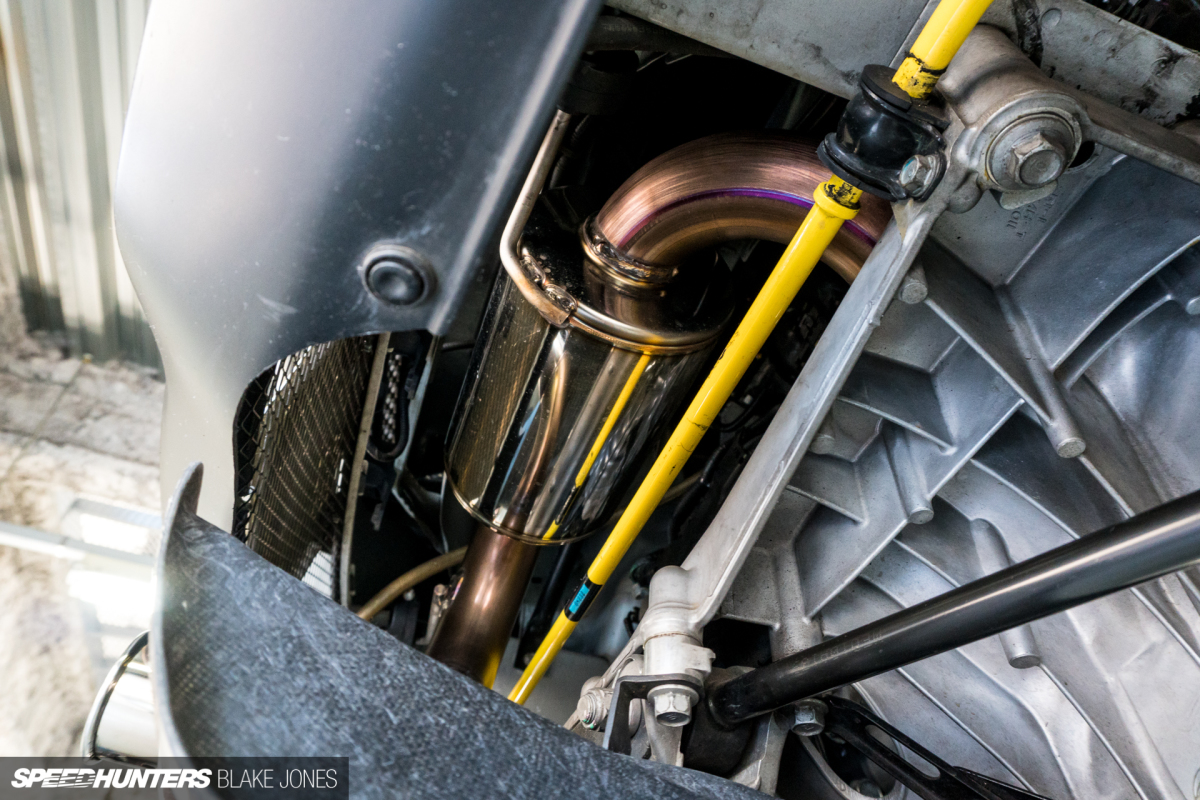
The rear also gets a thicker hollow adjustable stabiliser bar.
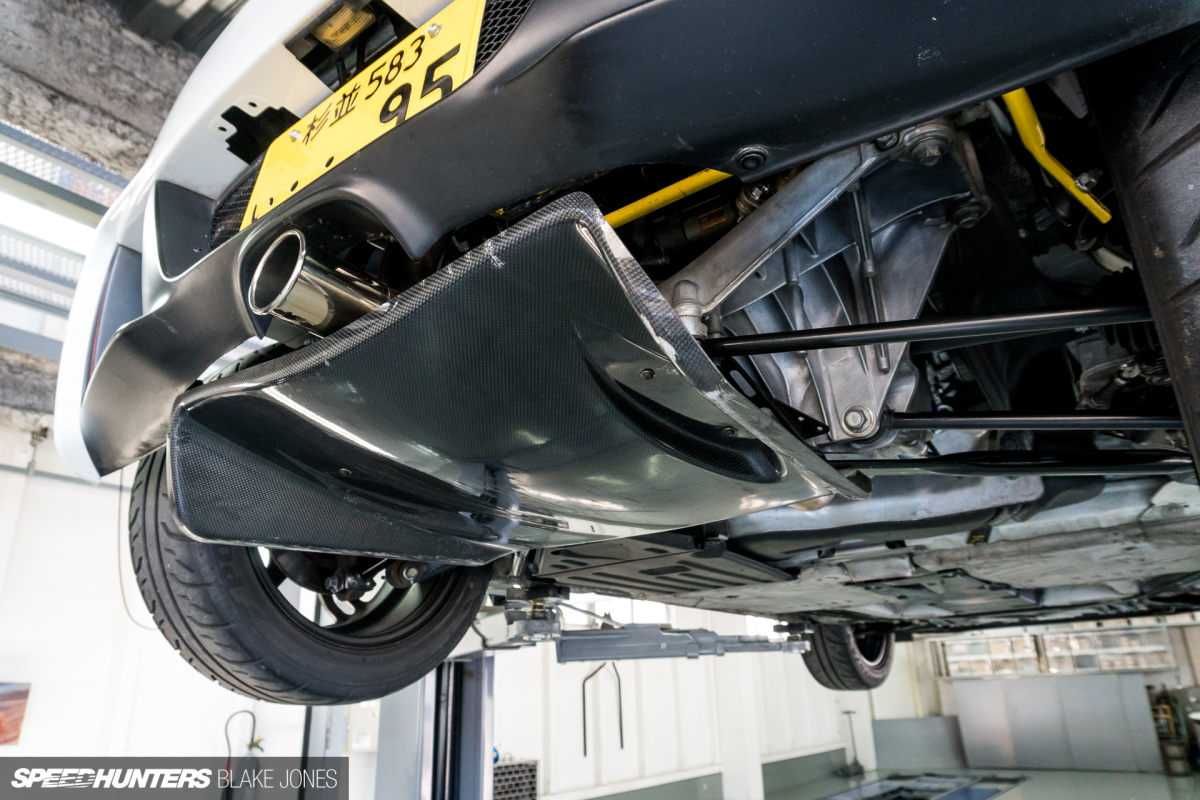
A prototype carbon diffuser caps off the rear, aiding the flow of air out the rear of the car somewhat.
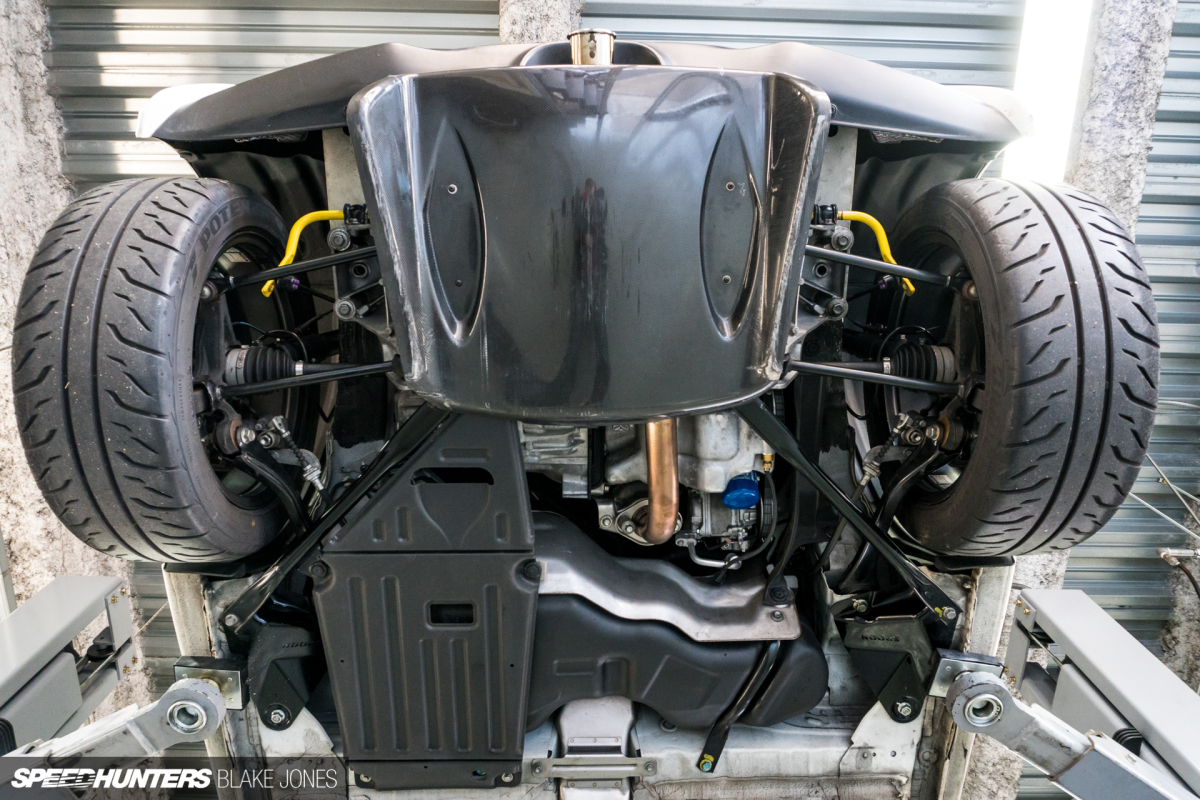
It’s pretty scratched up, mainly thanks to an off-track excursion during a battle between Ichishima-san and Keiichi Tsuchiya for an episode of Best Motoring. The NACA-style duct in the stock plastic underbody cover that directs airflow towards the transaxle is a cute touch; I tip my hat to the junior engineer at Honda who got that approved by his managers.
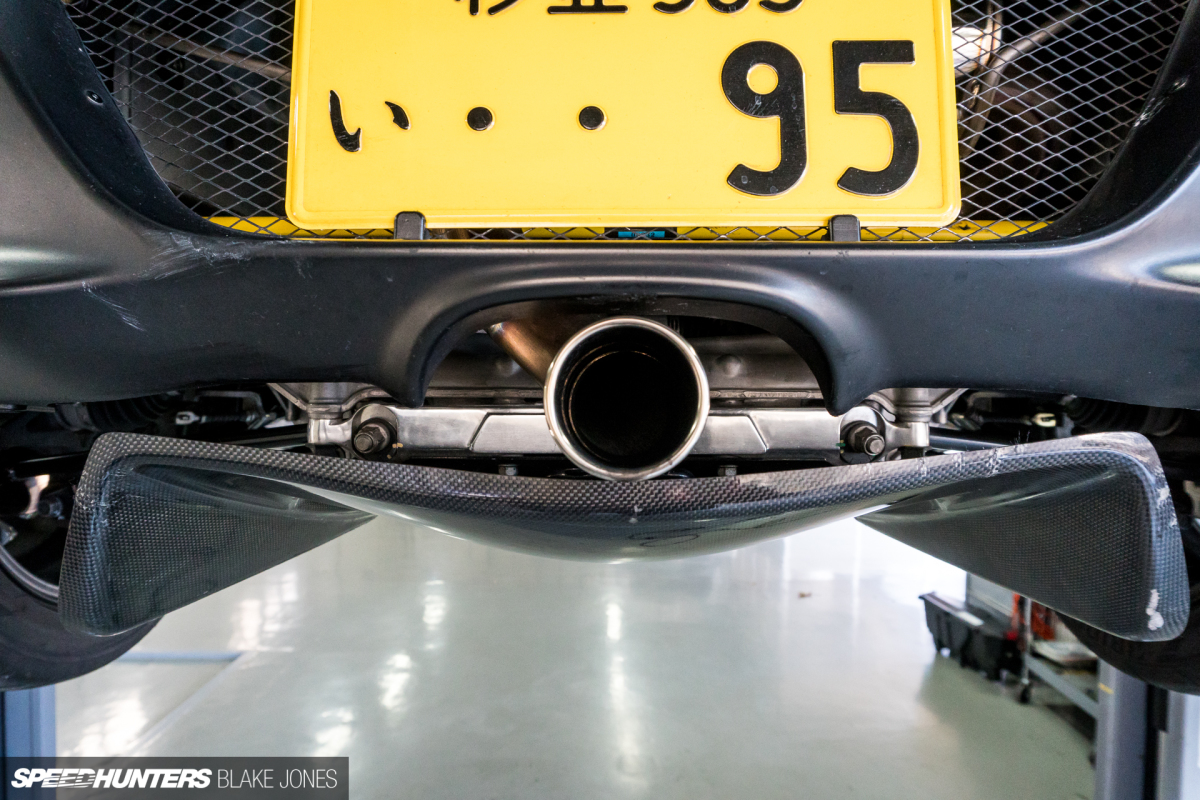
It’s cool how the mechanical components are visible from behind through this mesh grille – so supercar-like!

Personally I love a centre-exit exhaust, and the lightweight Spoon muffler provides a little more drama and bling without making the car unbearably loud.
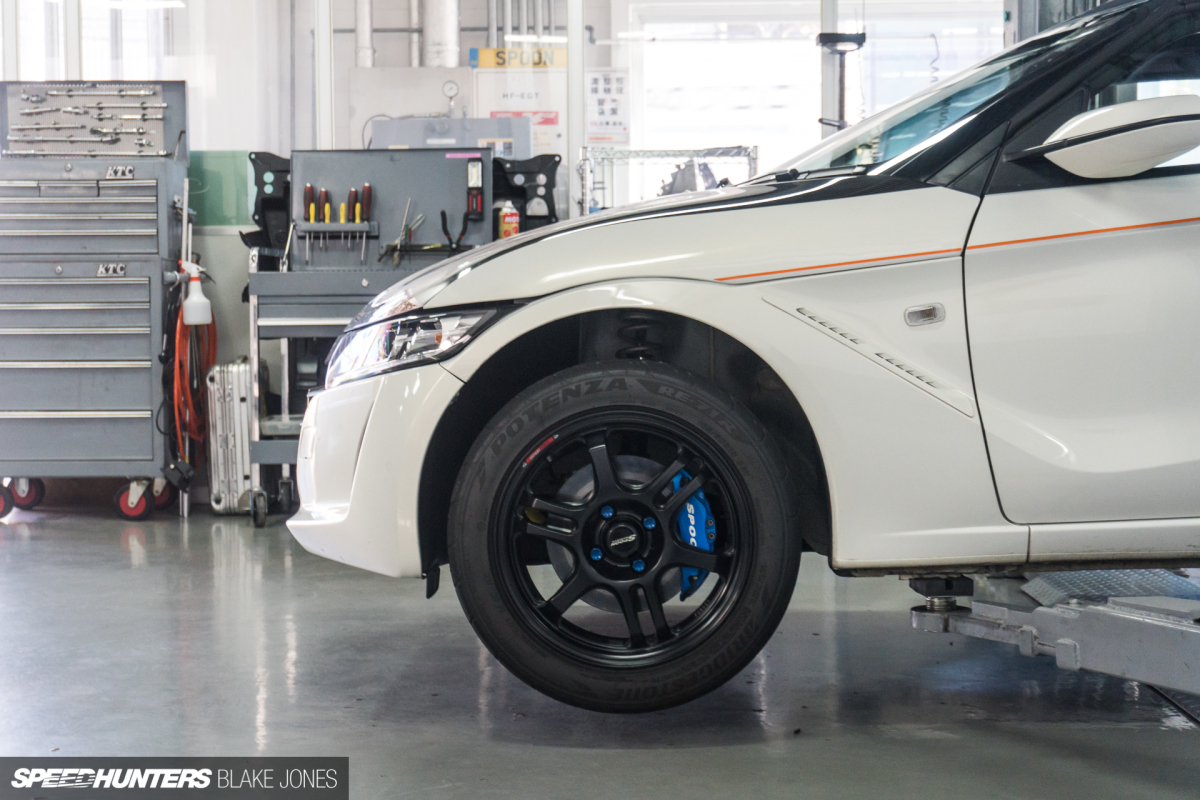
Rounding out the package are Spoon’s signature blue mono-block callipers clamping larger 260mm vented rotors at each corner.
Little Spoon, Big Spoon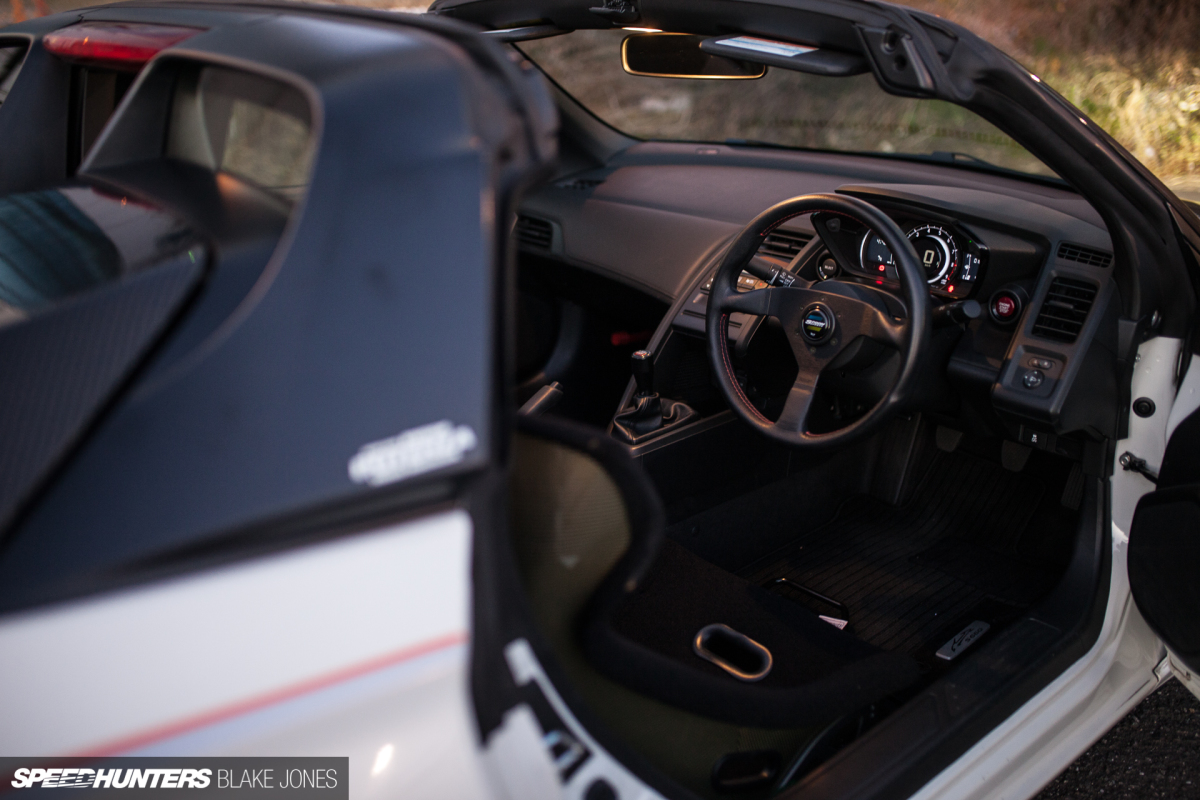
The S660’s interior can be best described as ‘cosy’, but with the low-mount carbon bucket freeing up knee room, it’s actually suitable for frames up to and including 6ft. The cabin is a relatively nice place to be, but is unashamedly driver focused – Spoon has relegated the infotainment and stereo controls to the glovebox even further reducing the limited storage space. As with the rest of the car, materials used were chosen for their light weight and low cost and won’t win any awards for tactility or scuff-resistance.
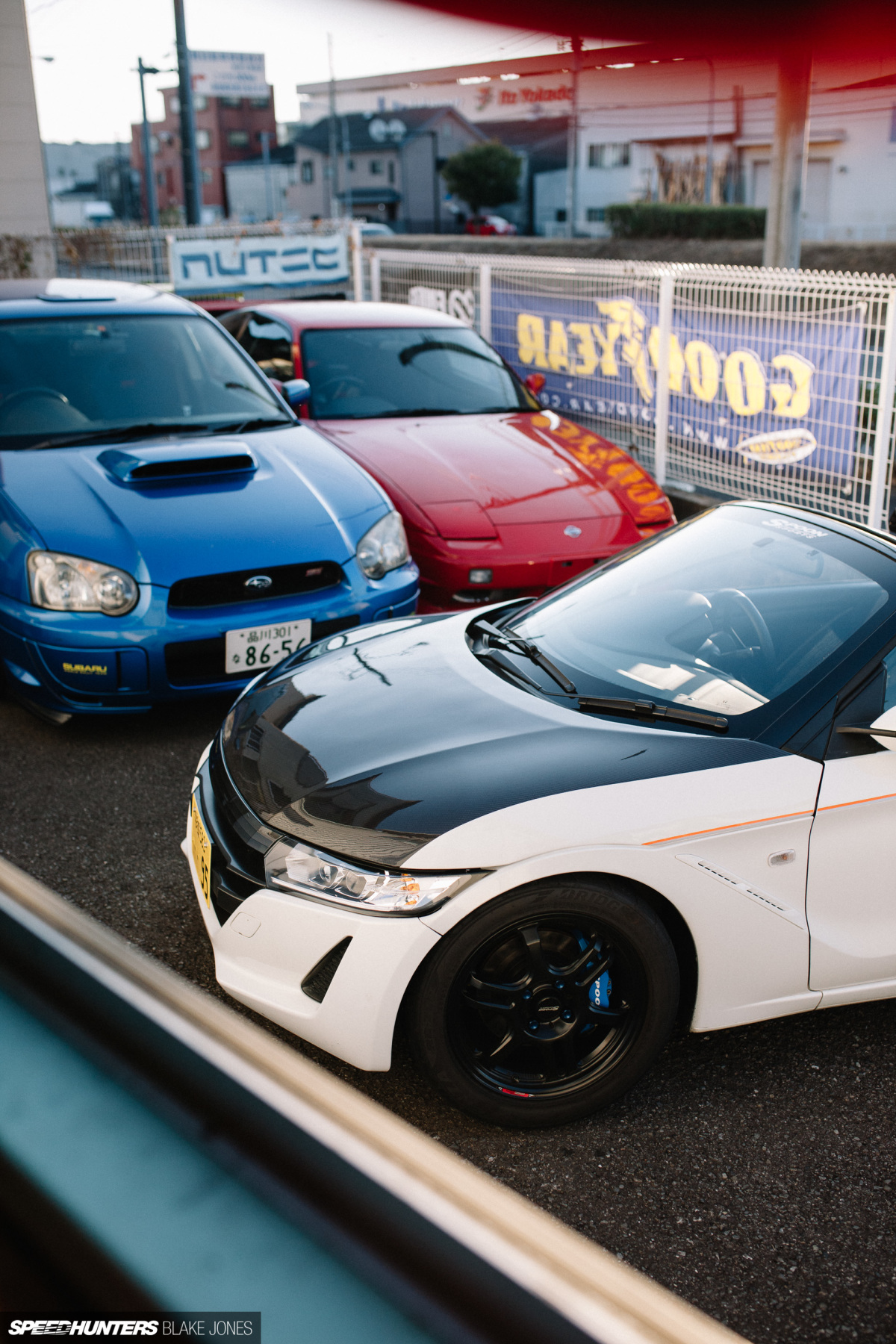
My extended test was to be a month long, which meant plenty of errands and driving on regular roads – not exactly what Spoon designed the car for, but a great test of how much the road manners had been maintained. Project NSX was in for a long-term stay at Advance while the transmission was being swapped, so it was nice to have another mid-engined Honda in the garage.
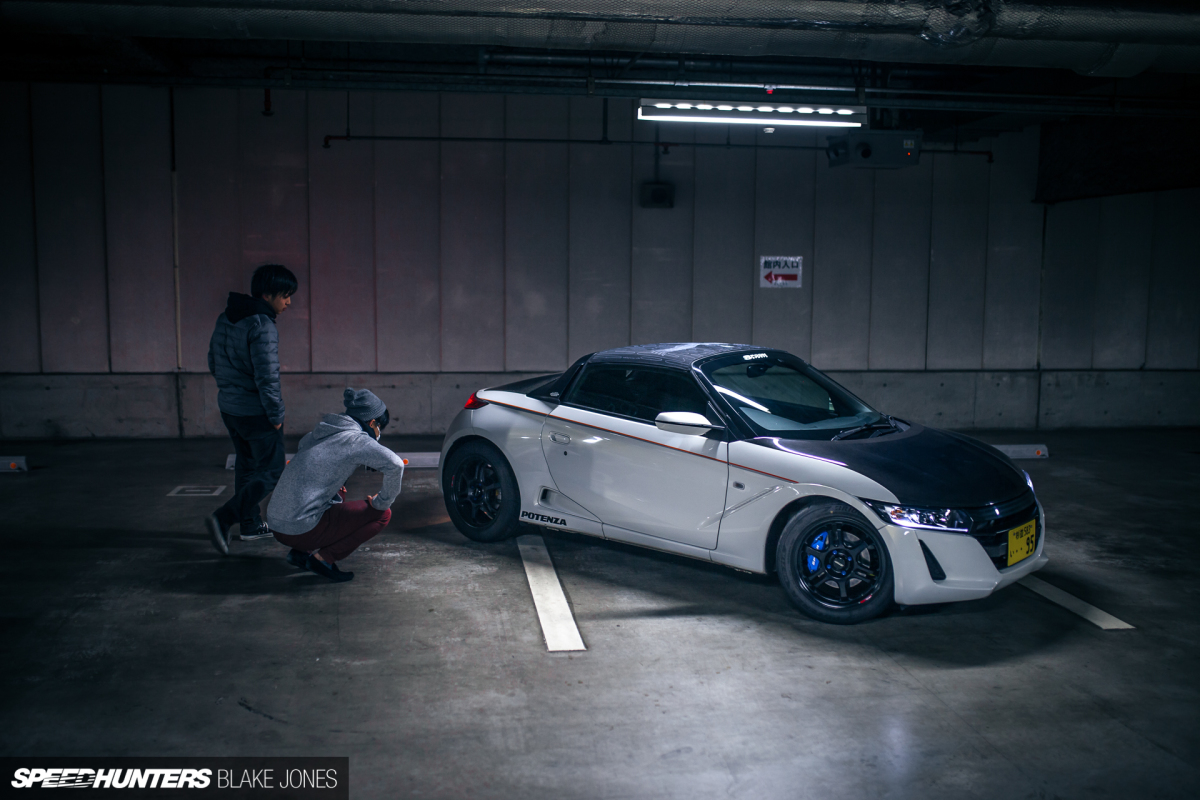
My schedule would also quickly fill up with car friends keen to meet up and check out the demo car (not to mention my terrible parking job).

Despite the city having its fair share of super-rare exotica there is still a strong love for the big H in Tokyo, but I’m sad to report that the S660 is significantly more of a head turner than my NSX. Driving it was a bit of a celebrity experience; eyes would lock and linger, children would smile, and I even held up traffic for the benefit of a toll booth worker who wanted a closer look. The only exception was when a distracted minivan driver decided to occupy the same lane as me without checking his mirrors. Thank the gods for the car’s super quick steering response and ESC.
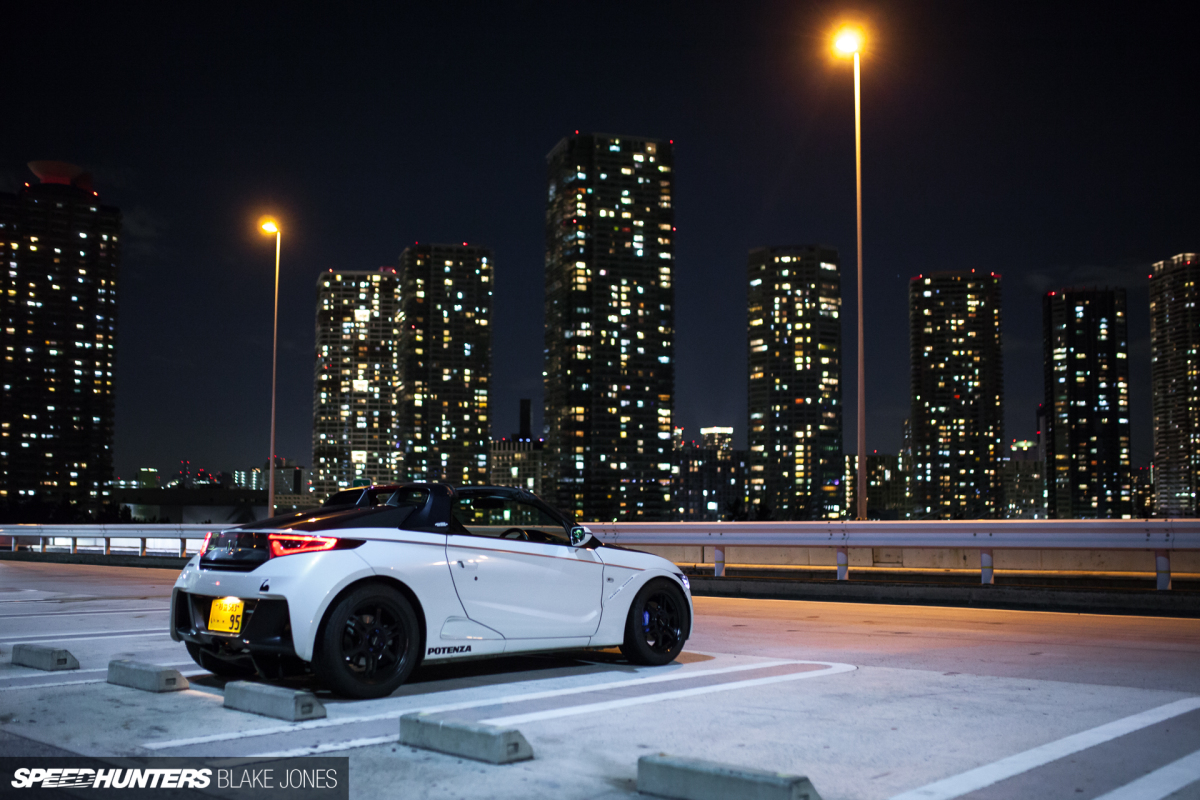
Even on the wintery Tokyo nights I’d leave the canvas roof in the frunk – all the better to drink in the city’s lights and sounds while cruising along the C1. The heater has a setting specifically for this kind of driving where it blasts hot air into the footwells, creating a bubble of warmth that reaches up to your shoulders with the windows up. With a decent jacket and gloves, driving the S660 like this made me wonder how different Project NSX would feel if it were a targa instead of coupe.
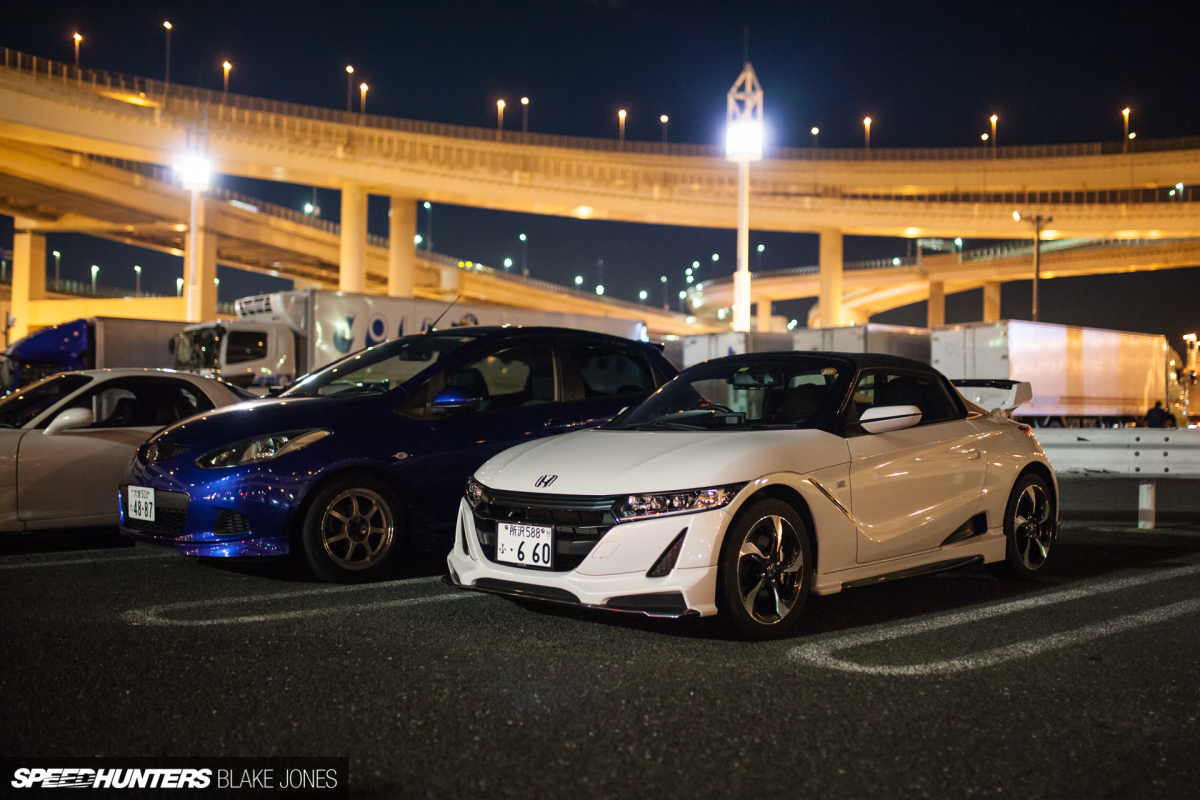
On this particular evening I made the most of the clear-skied evening to cruise down the Bayshore Route from Tokyo to check out the action at Daikoku PA, and was happy to find another white S660 sporting plenty of aero bits from Honda’s factory ‘Modulo’ range of aesthetic enhancements.

People tell me the Japanese are shy, but the owner and his buddies didn’t hesitate to climb all over (figuratively, of course) the Spoon special to get a better look at the prototype enhancements applied by the famous tuning house.
The Test Of Time
After two weeks in my possession, I was well and truly enamoured with my new companion. Anyone who’d listen would hear about how much fun I was having, how this might just be the perfect car for a young Tokyo car enthusiast, and how it’s the car that the Japanese tuning industry sorely needed.
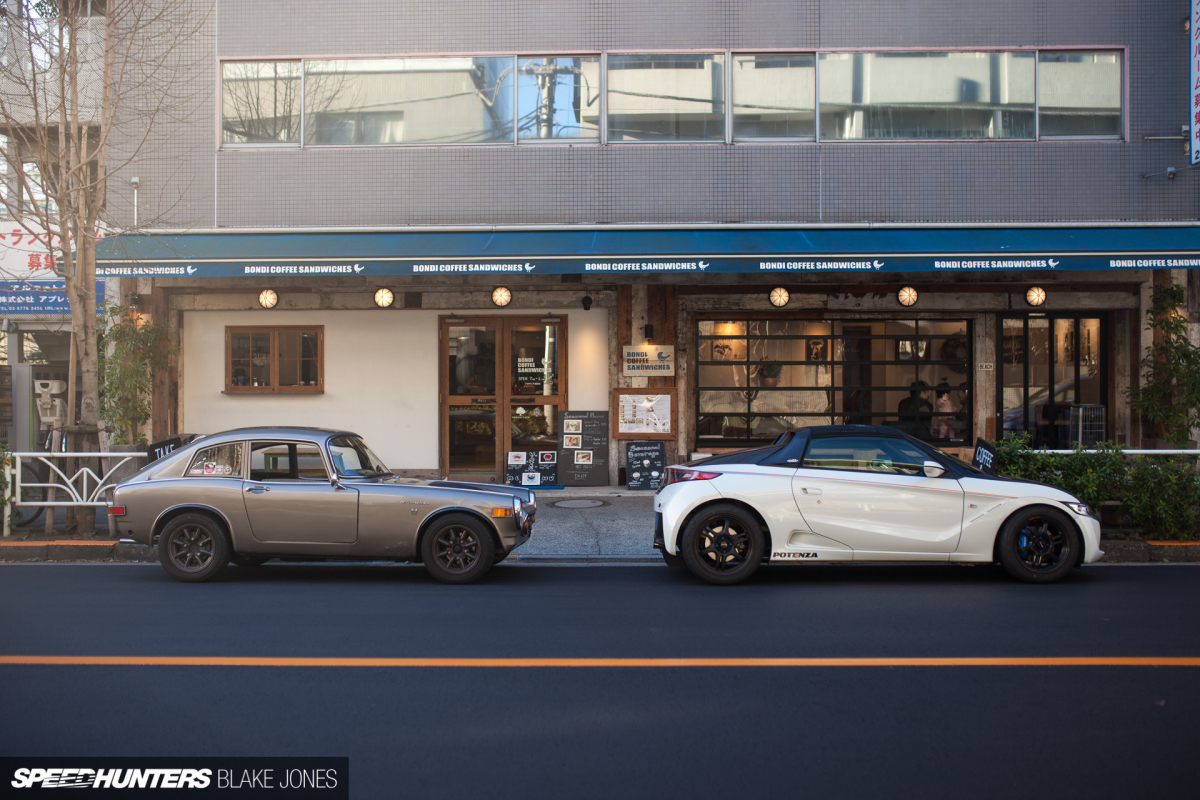
Fellow Tokyoite Skorj was already well acquainted with the standard S660 which he’d reviewed upon its launch for Japanese Nostalgic Car, and wanted to experience the car for himself (perhaps suspicious of my hyperbole). On an early Sunday morning – while Tokyo’s streets are temporarily deserted – we met up for our own Cars and Coffee, Very Small Honda™ edition.
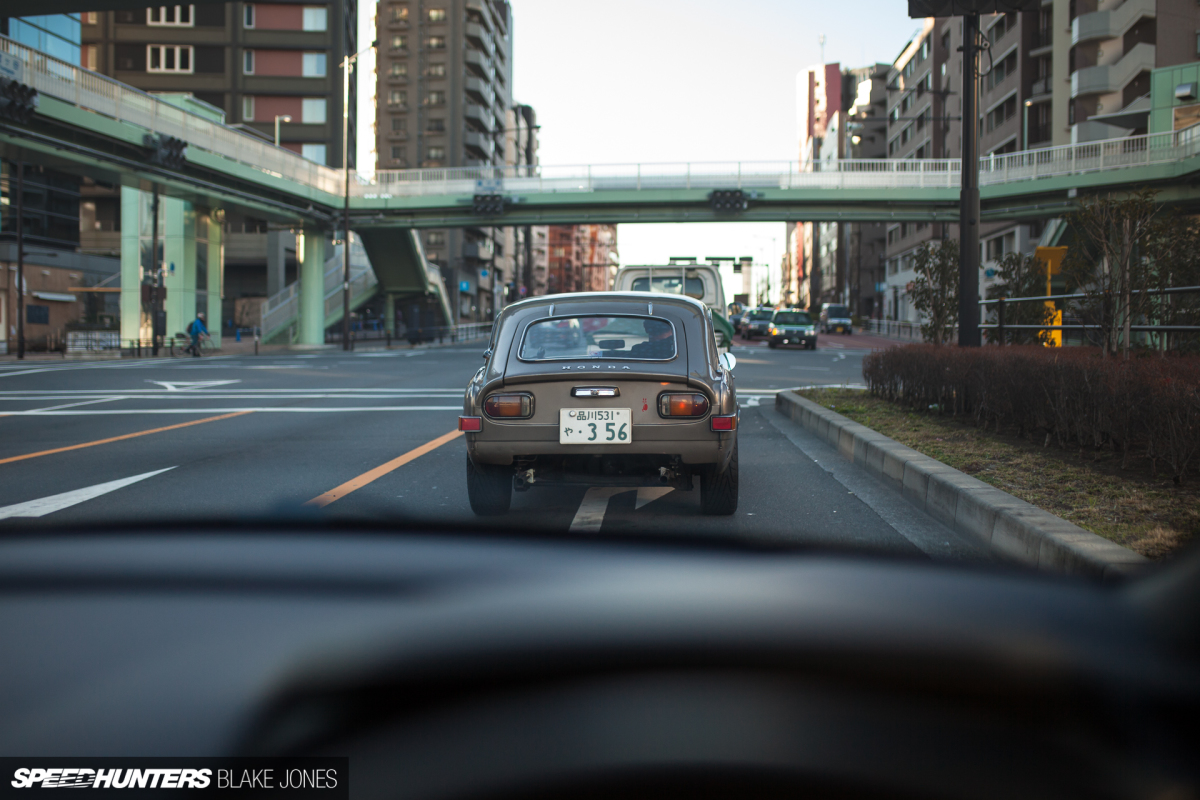
Skorj would throw me the keys to his 1960’s S800 in return for the S660’s keyless fob. Trading cars is always good fun, but on this morning I would be driving what could be the perfect foil to the S660.
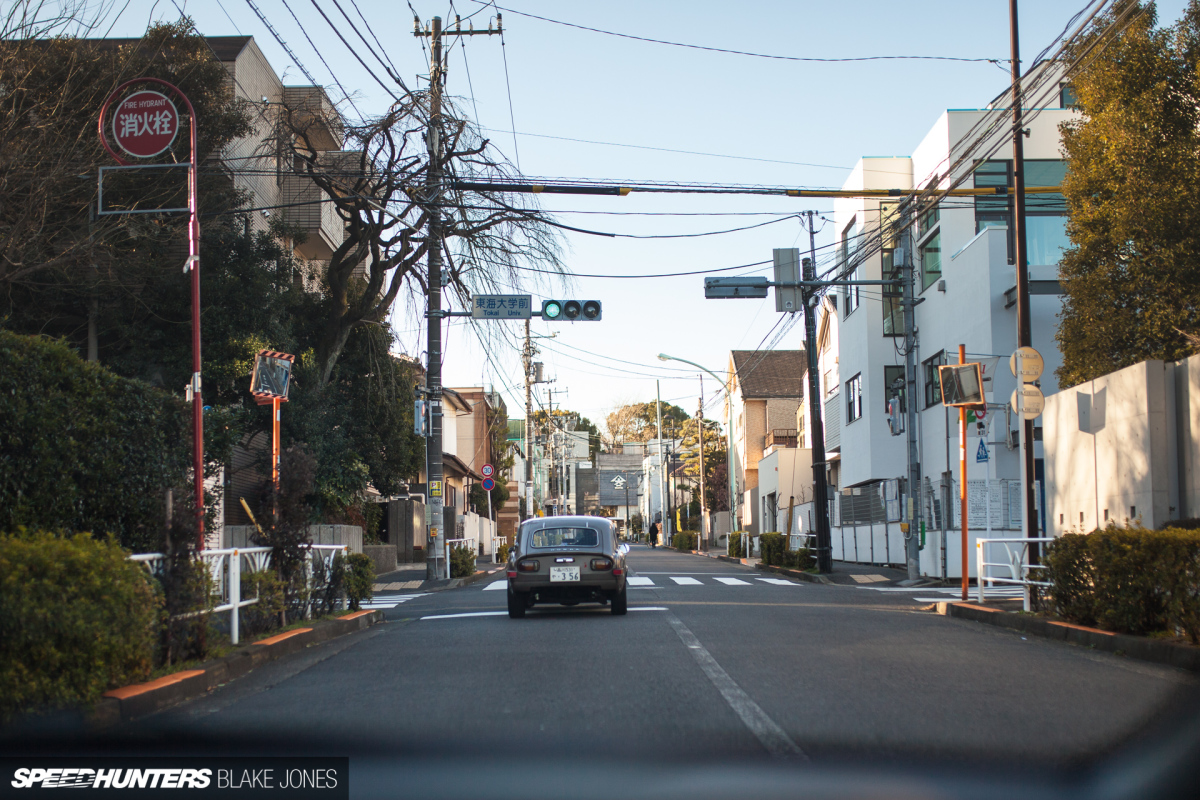
By this I mean the older S800 is known for its bucketloads of charm, and I’d started to wonder. Could it unseat the S660 as the perfect sports car for blasting through Tokyo’s back streets?
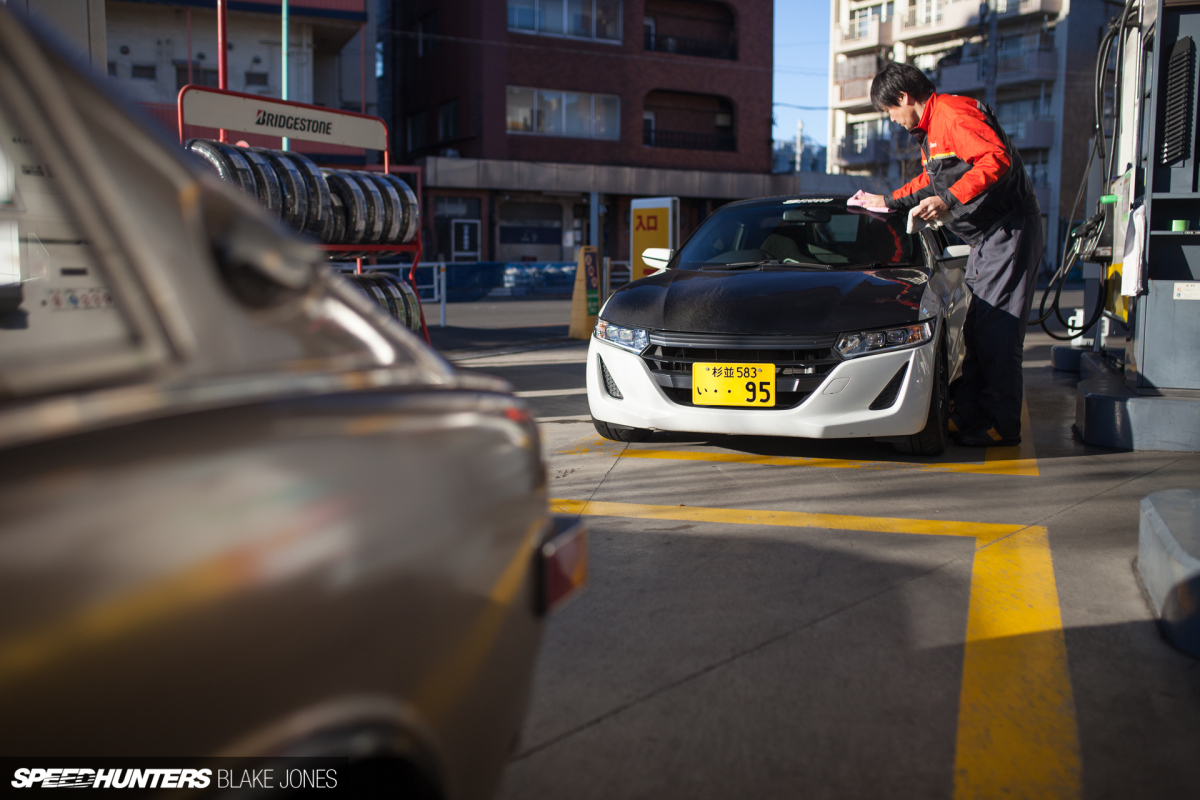
But first it was time to fuel up – a relatively quick procedure in the S660 with only a 25-litre tank to fill, leaving plenty of time for the complementary windscreen buff, as is customary in Japan.
Although lineage exists between the S800 and S660 the two cars don’t share a whole lot in common, especially on the spec sheet. The naturally aspirated, front-engined, rear-driven S800 doesn’t even scrape into the kei car classification due to its larger capacity, so the S2000 would seem to be a more direct descendant.
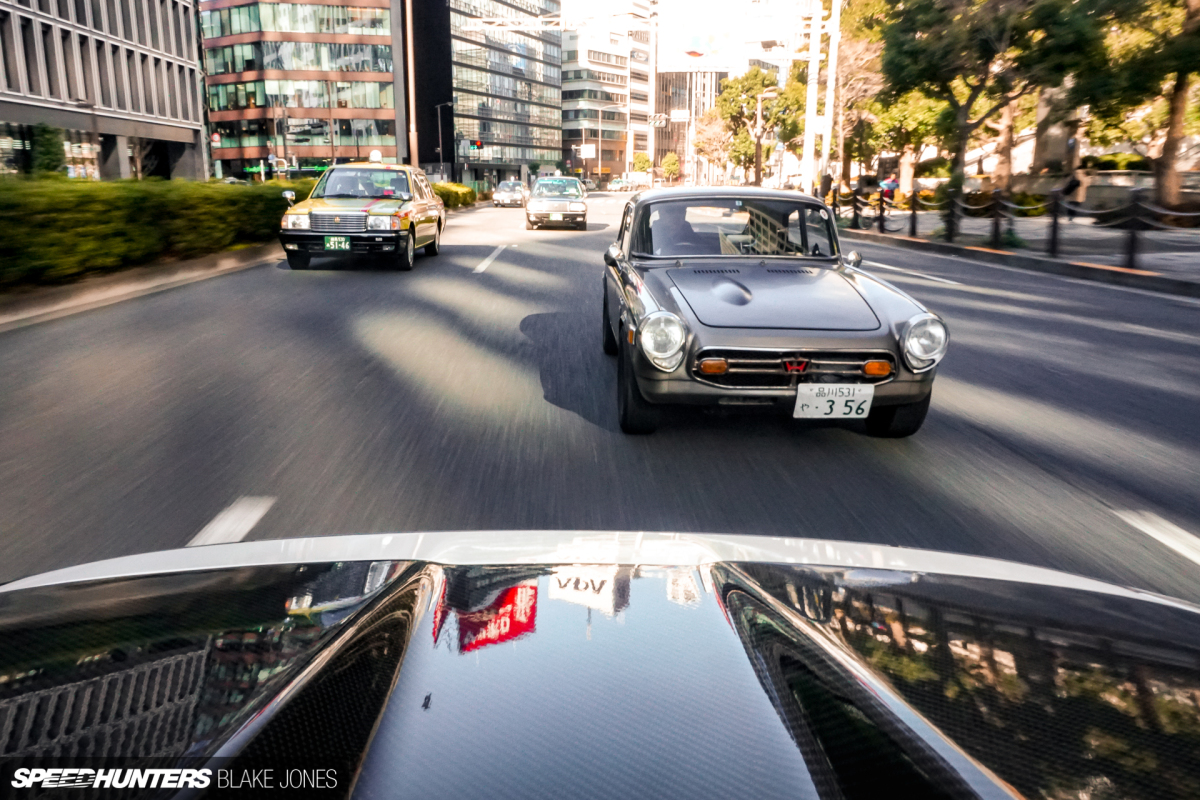
However, I’d advocate that spiritually the S660 is a much more apt successor than the larger, more complex and faster S2000. The joy of piloting a car like the original S800 is the tactile thrills delivered even at low speeds thanks to the throwable nature of a compact wheelbase slung low to the ground.
The Spoon modifications elevate the car to a level of performance that could shame much larger cars (looking at you, GT86), but as Skorj rightly observed, the power increase has a side effect on its eligibility as a kei: “I suppose you could say it was the S660 that Honda could have made, but that kills its kei classification and would defeat the whole purpose – and likely not pass internal Honda approval for segment green lighting, as it would essentially be a MX-5 competitor, without the size and luggage space, and would likely have been difficult to sell.”
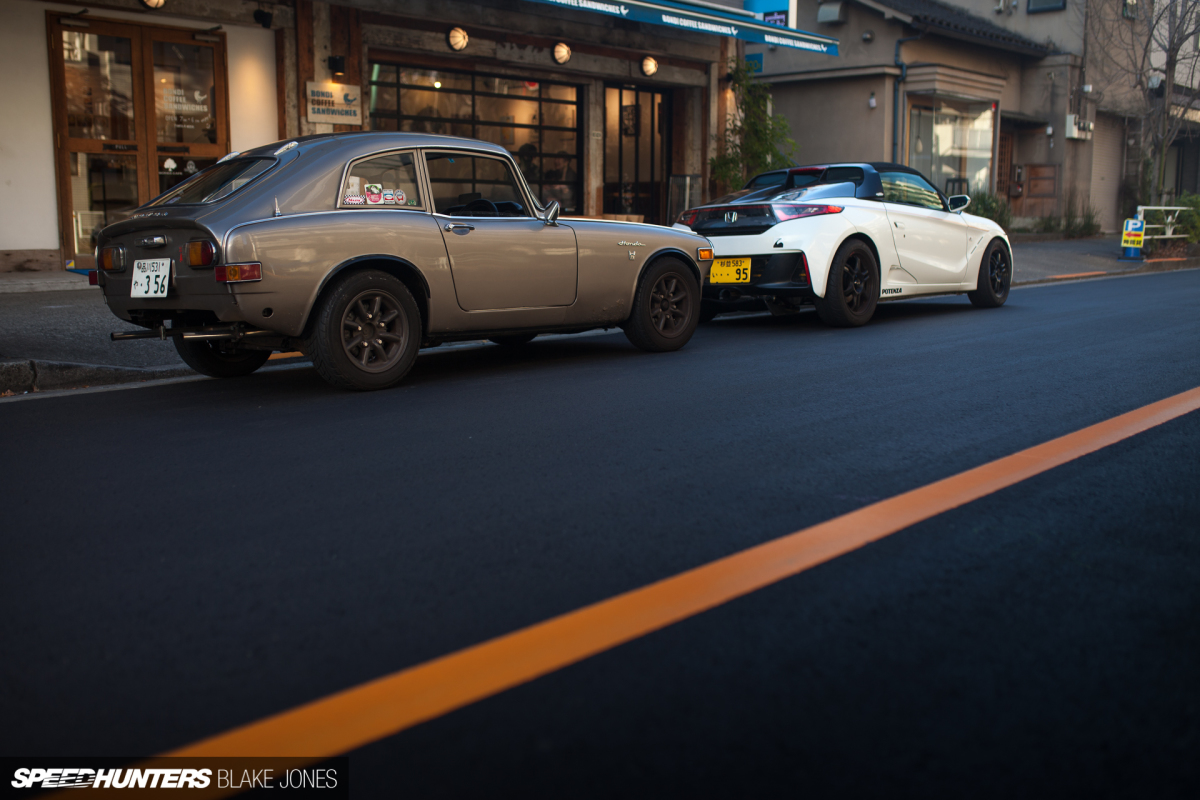
From the lights, the S660 easily pulls lengths on its older sibling. Whereas the S800 sings up to an incredibly smooth 9,000rpm redline, the S660 punches forwards with turbocharged torque, even at times overwhelming the grippy RE71R rears in first gear. The boosted power curve reaches its zenith around 6,000rpm by my feel, and it’s best to grab the next gear rather than insist the engine approaches fuel cut at 7,700rpm.
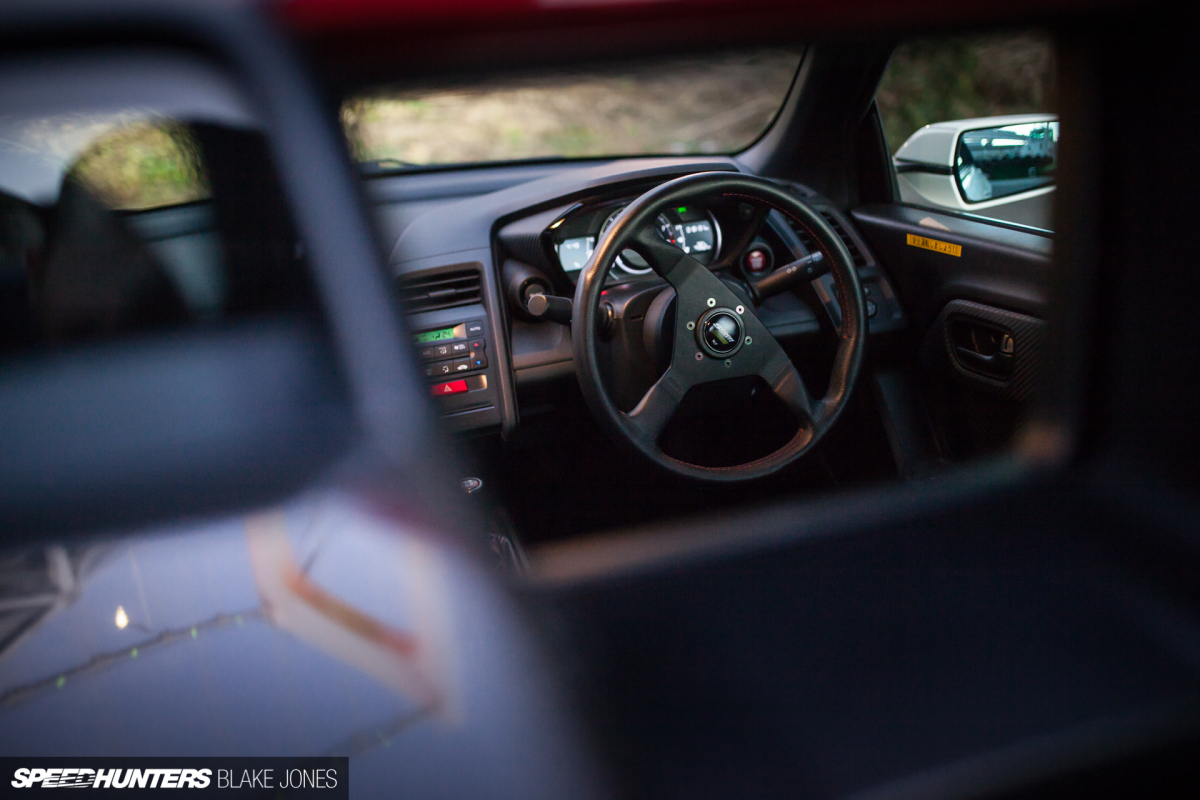
We both got a good laugh out of the soundtrack provided by the blow-off valve – it sits literally inches behind the driver’s head and can be amplified even further by opening the small electric window behind the seats (through which the above photo was taken).
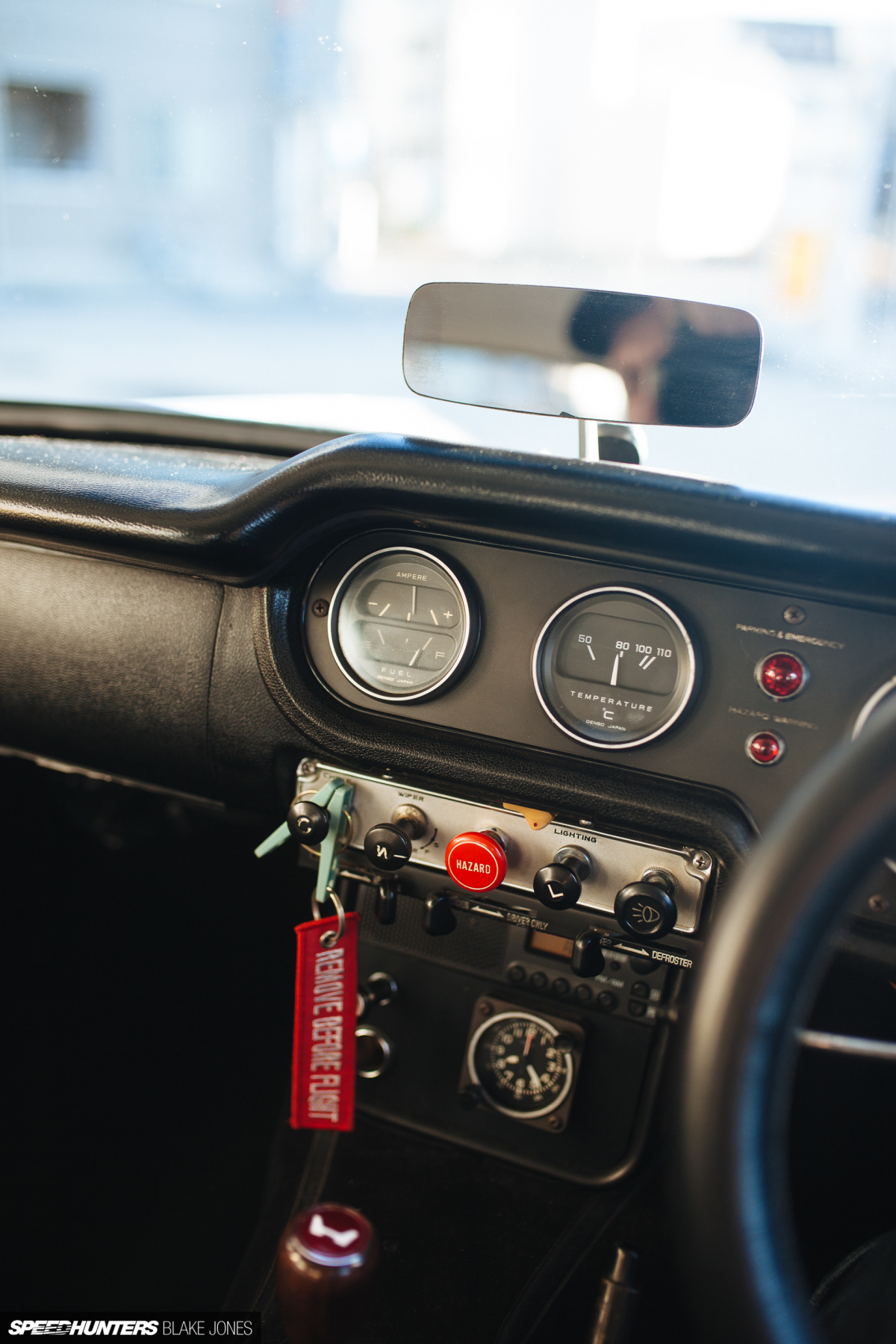
The S800’s 4-speed manages to be simultaneously both notchy and vague, and requires care to avoid bunny-hopping or slipping the clutch too much. The S660 is quite the same; a perfectly placed shifter operates a quick but forgivably rubbery feeling gearbox, but personally I’d probably trade the lightweight Duracon knob Spoon fitted for something with more weight and feel. First gear in the S660 is hazardous around town, the light flywheel and low off-boost torque meaning embarrassing stalls in front of pedestrians are at risk. The six ratios are spread nicely, however, and once in top gear highway cruising at 110km/h is completely pleasant.

Whereas I felt that Tokyo was the perfect home for the Spoon S660, Skorj was longing for some time on one of Japan’s many winding touge, some of which are so narrow they can only really be enjoyed in a compact car (or a motorcycle, for that matter).
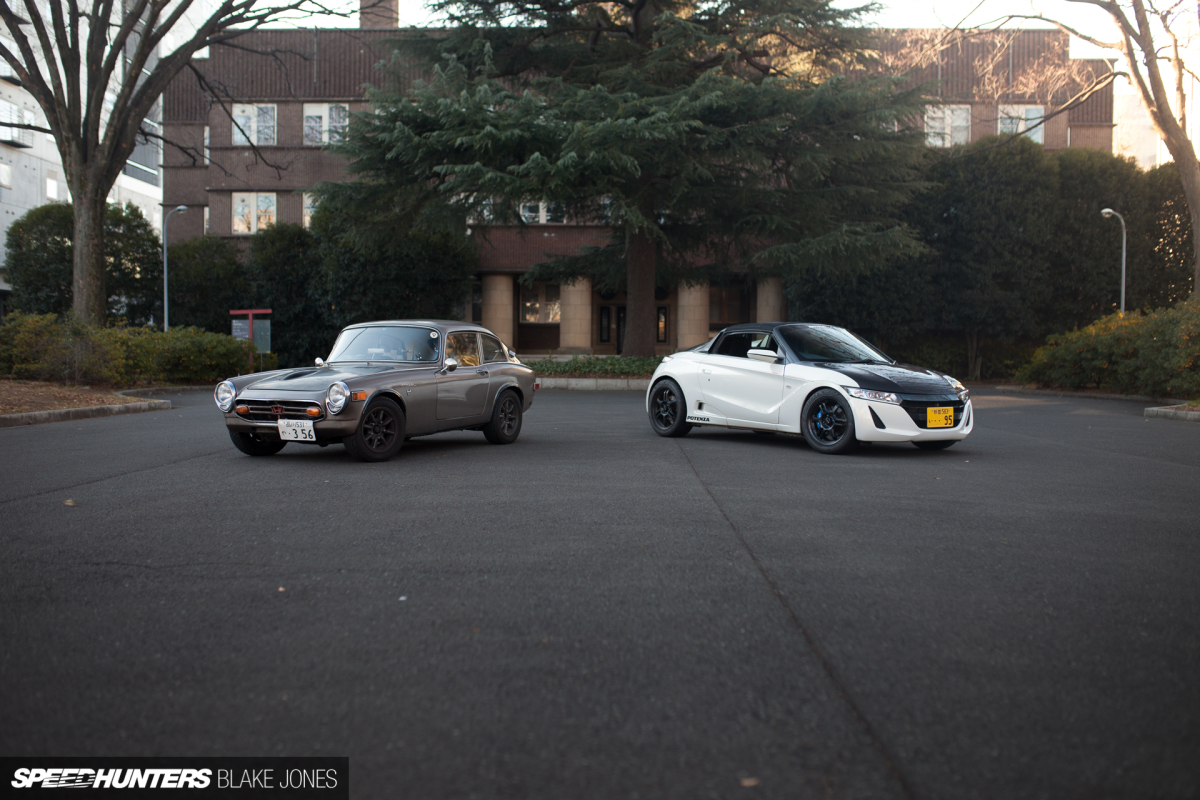
But really anywhere other than Fuji Speedway, you are without a doubt having more fun in one of these ‘underpowered’ compacts that the guy in the 488. The limits of drivetrain and chassis can be exploited at much lower speeds, and the tactility of feedback that the Porsche and Ferrari engineers strive to reintroduce to their hyper-fast models is available in bucketloads because that’s exactly what they are – raw.
Bye For NowI’d timed my return of the car to coincide with the ‘Kampachi Auto Salon’ that Spoon had run during the Auto Salon week. Spoon Sports USA’s insane centre-drive FD2 Civic Type R was shipped back to the motherland for the event (and perhaps a tune up), and several of Ichishima-san’s favourite artists were on hand to create art and music as the crowd milled around the workshop. So very Spoon.
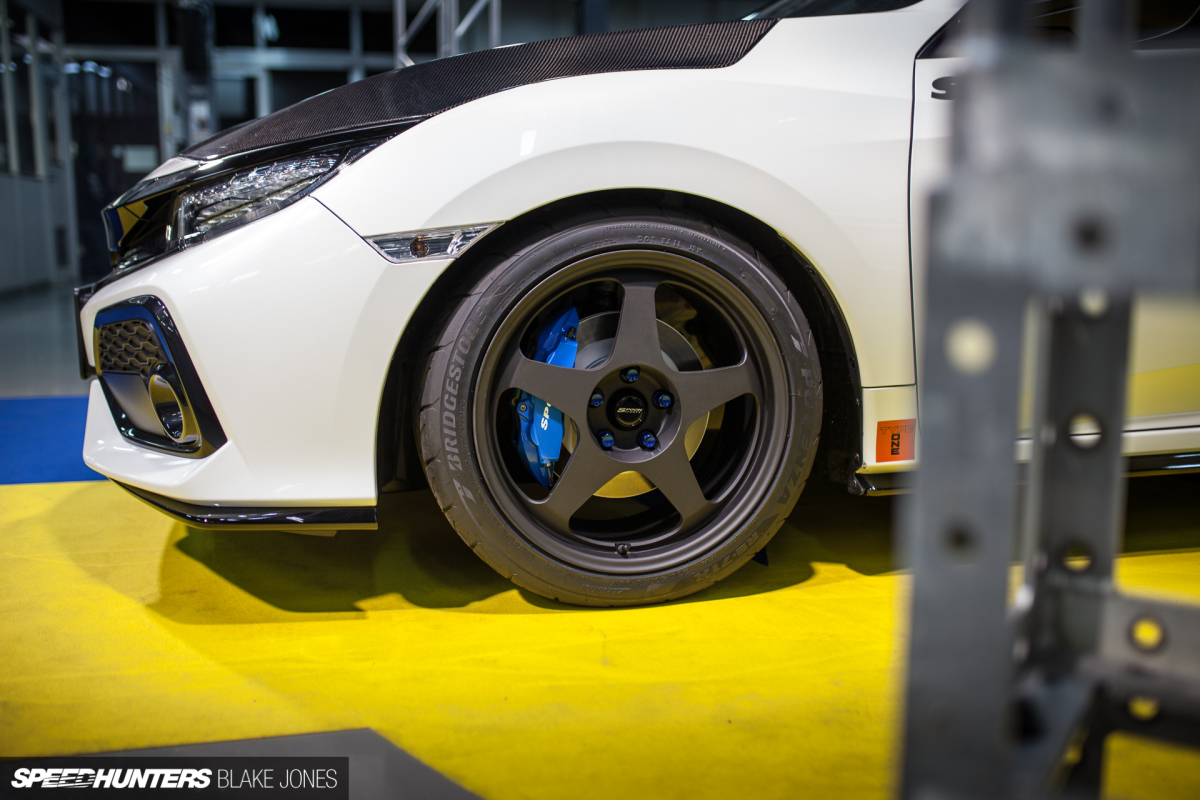
I mentioned new demo cars and product launches, well here you can see both – Spoon’s interpretation of the FK7 Civic Si featuring the soon-to-be re-released SW388 wheel in 18-inch sizes for the new-gen Civic. It’s an iconic design for ’90s JDM lovers and brings a simple, race-ready vibe to the futuristic Civic Si. Forged in Japan and ridiculously lightweight, I can’t help but imagine what Project NSX might look like wearing a set!
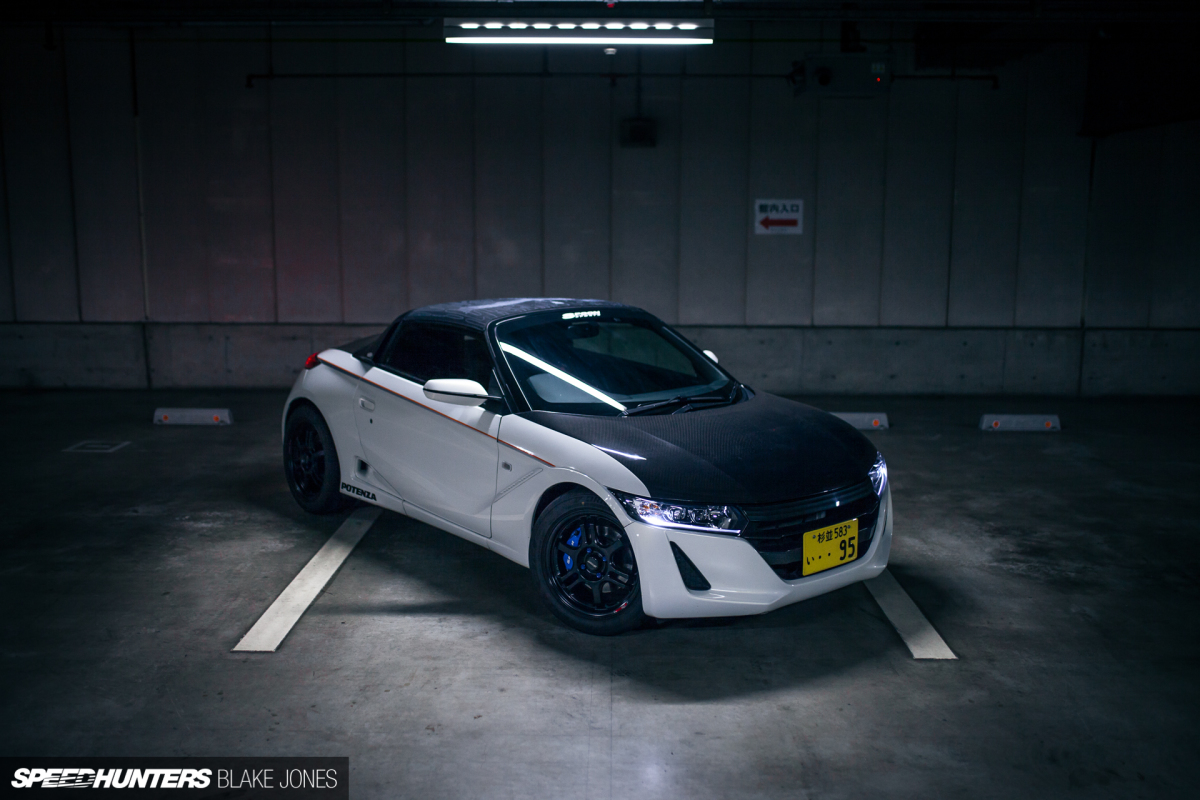
I’ve been hearing a lot of talk from fellow enthusiasts about the dire future of our hobby, and I must admit I’ve let thoughts of automation, electrification and regulation make me quite the pessimist. It was so refreshing to hop in a car that can be bought new in 2018 (albeit only in Japan for now), with newly designed parts from one of Japan’s premier tuning houses, and get feel that intoxicating connection between man and machine.
Blake Jones
Instagram: blaketjones
blake@speedhunters.com

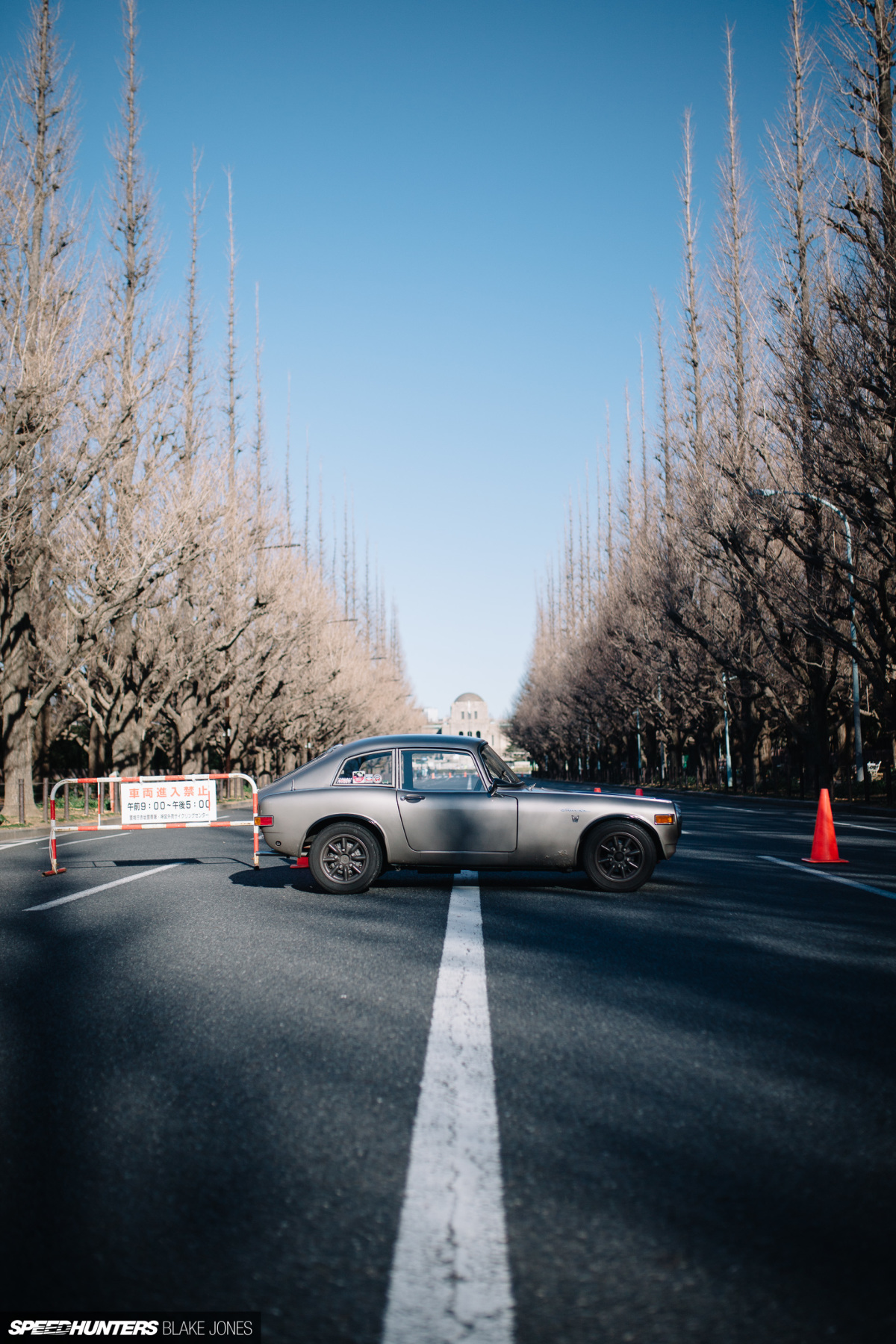
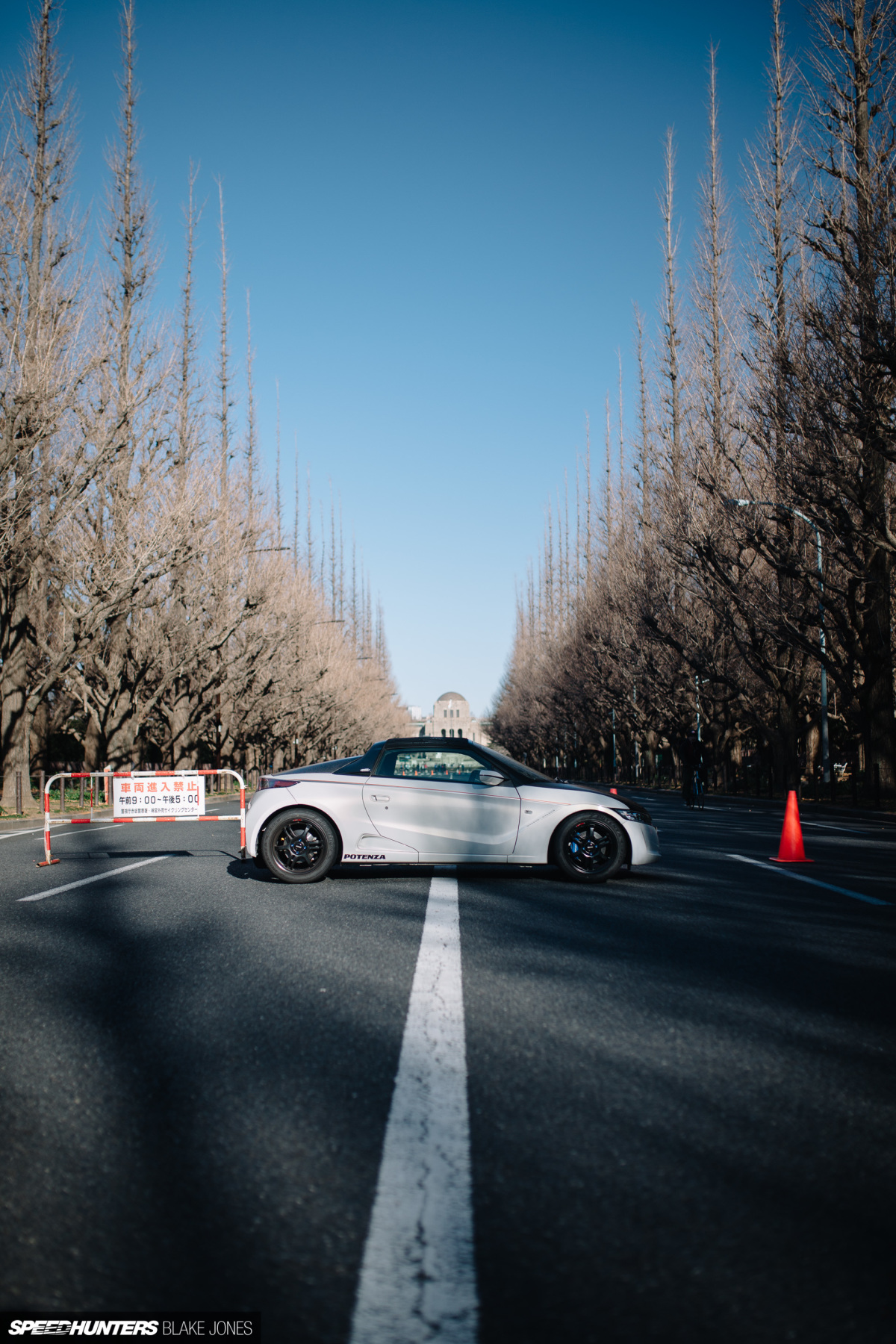
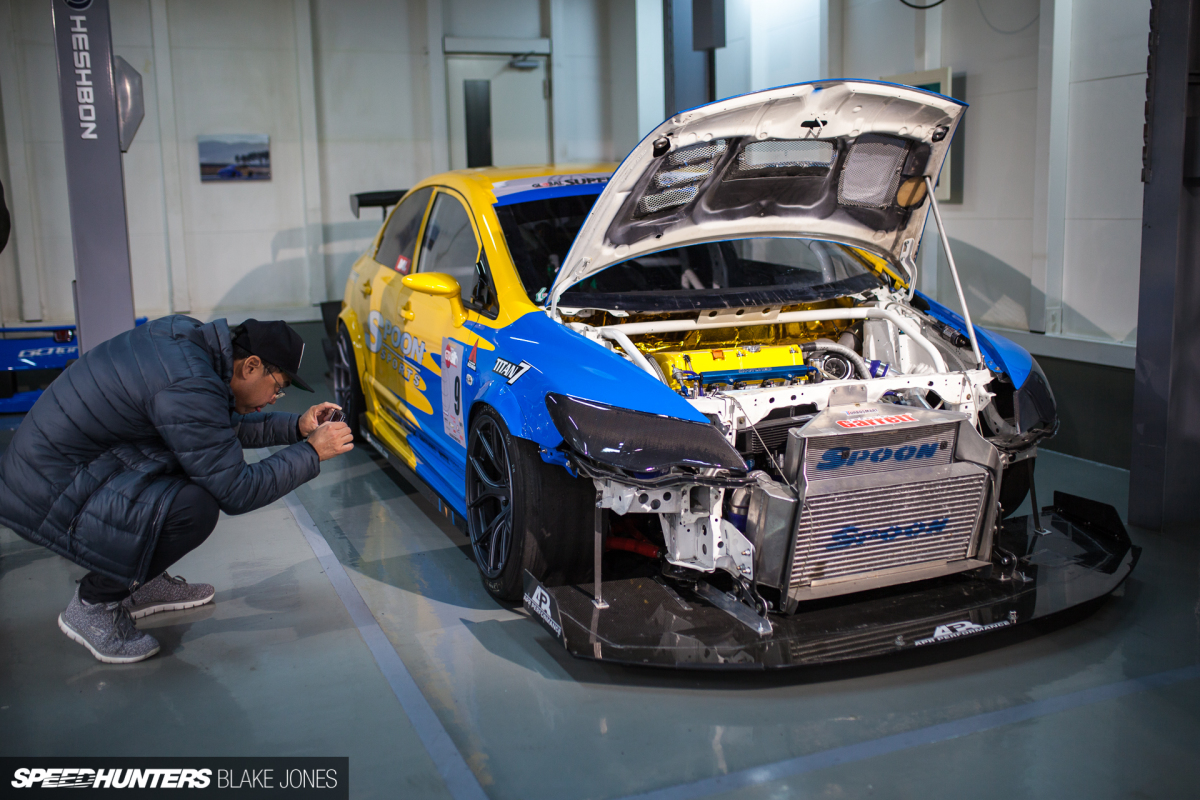






Great read! Seems to be a really rewarding car for a young driver/enthusiast that doesn't have to worry about passengers or groceries as you said. Do the upgrades change fuel economy much?
Thanks Adrian - unfortunately I haven't had a chance to compare the fuel economy figures to a stock car, but I would expect there to be a slight increase in consumption based on the modifications. Of course, if you're sitting in boost all the time, that slight increase might slightly increase!
I'd love to have a go in one of those! I think they are adorable and would love to hoon around in one.
great article as always and a short video would be nice.
Thanks Alex! Our own Ron Celestine shot some video with the Spoon S660, check it out: https://www.youtube.com/watch?v=7GxeuX0D2Yw
Incredible how a couple of simple-looking bars can stiffen up the chassis significantly.
Looking forward to seeing the new-gen SW388 wheels fitted to the FK8R. The factory 20" rollers are way too huge, IMO.
I'm in agreement Jay. Smaller wheels for the win!
Small correction - those are Bridgestone RE71R tires.

RE01R would be quite old at this point
Good spotting on the tyres! However, just to be nerdy about it, according to the 2018 Bridgestone Japan catalogue, they do currently make both the RE-01 and RE-01R is sizes not released in the RE-71R (mostly higher profile & smaller diameters), eg, you can get a 245/50R16 RE-01 but widest in RE-71R is 225/50R16
Interesting, autocross has turned me into a bit of a tire nerd but i want aware RE01R was still available. We havent had them in the US since the early-mid 00s. Wonder if its been updated over there or if its the same tire continuing on (they kept the RE11 alive thru RE11A and the first year or two of RE71R production)
Good catch Ben - updated! Thanks.
What camera were these pictures taken on? The pictures look so good, nice job guys!
Thanks Cohen. My old trusty 5D mkii and new toy, Sony a6500. A bunch of different lenses used, which gives the different look and feel.
Is Honda selling heaps of these? I hope they are, it's a real winner.
Anecdotaly I do see them quite often around Tokyo. Not sure if sales are staying strong, usually sports cars like this will drop off fairly heavily after the first year or so.
what was the wheel spec on the watanabe?
The NSX is sure out of new gen enthusiasts so sure they're more interested in an S660.
Any news/rumors about the international lunch? why they think it will not sell good? A lot of 1000cc NA cars are selling good.
I think it would look nice with the SW388 (sure not 18'' size).
I haven't heard any more information about the rumoured 1000cc model. Will keep my ear to the ground.
Thanks for the review Blake! It seems Spoon has really spent proper time developing their accessories for the S660. One question: Does the Spoon computer remove the 135kph limiter?
And lucky you, by the way, getting to drive Skorj's S800! I went on a touge run with him and some other friends on a previous trip. Maybe there will be another one when I'm back for Golden Week...
Good question about the computer - I believe it removes the speed limiter but will confirm with Spoon.
Drop us a line regarding the drive Chris, maybe we can tee something up!
Wait, you mean you didn't try out the top speed?!? I'm telling Dino!
Email sent. Hope we get a run in!
" (priced at approx. USD$20,000)"
Whaaaaaat? After reading that, boy do I wish the S660 was for sale in the U.S.
You are a terrible writer. Your articles are too verbose and over-hyped.
Please take this feedback
Haha, amazing comment.
Can you post a link to some of your writing so I can learn from the best?
I'll be waiting...
Your writing isn't verbose, but it could do with a bit of editing for clarity. I am totally cool with the over-hyping though, especially for something as cool as a modified S660. I really enjoyed reading about it.
For Kei eligibility I'm sure the power increase could be zero (ie still 47 kw) or have they cracked down on that trick? Like how the R32 Skyline GT-R made 206 kW...
I'm also surprised to see a non-airbag steering wheel.
Otherwise very interesting to see the details of the changes made, thanks. The export S1000 version seems to have fallen off the radar unfortunately.
Absolutely love the article.
Can I join the fun?
Oh crap the app just swallowed my comment, lol
By the way, as a Beat onwer I absolutely love the article.
Mind if I join the fun?
Absolutely Kenji! I really want to drive more kei sports cars after this experience. Are you in Tokyo?
I'm living in Hamamatsu, a small city in the Shizuoka prefecture, about 150km away from the Mt. Fuji.